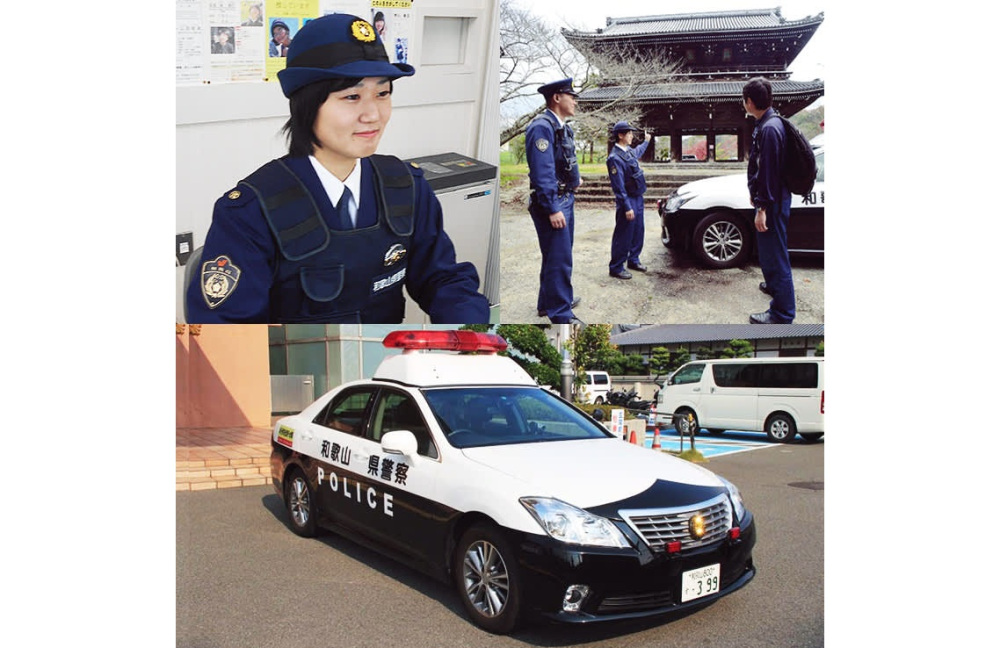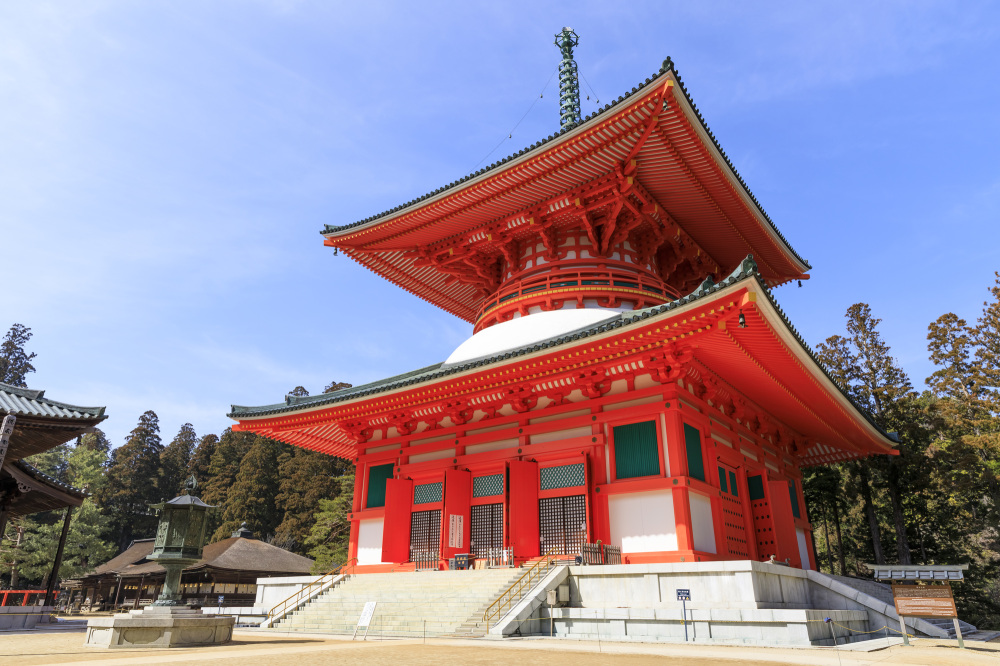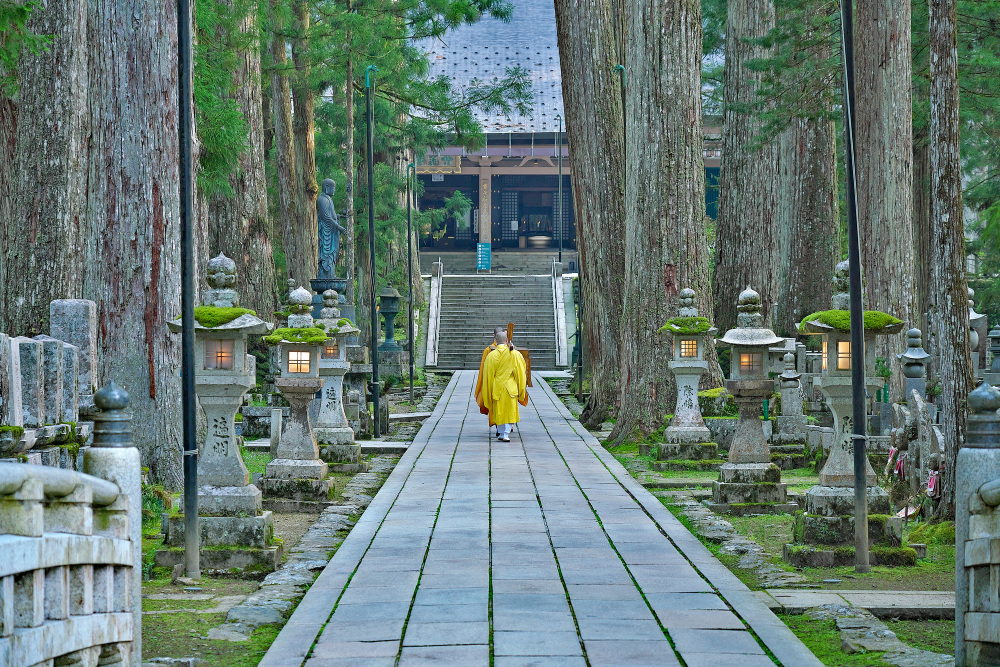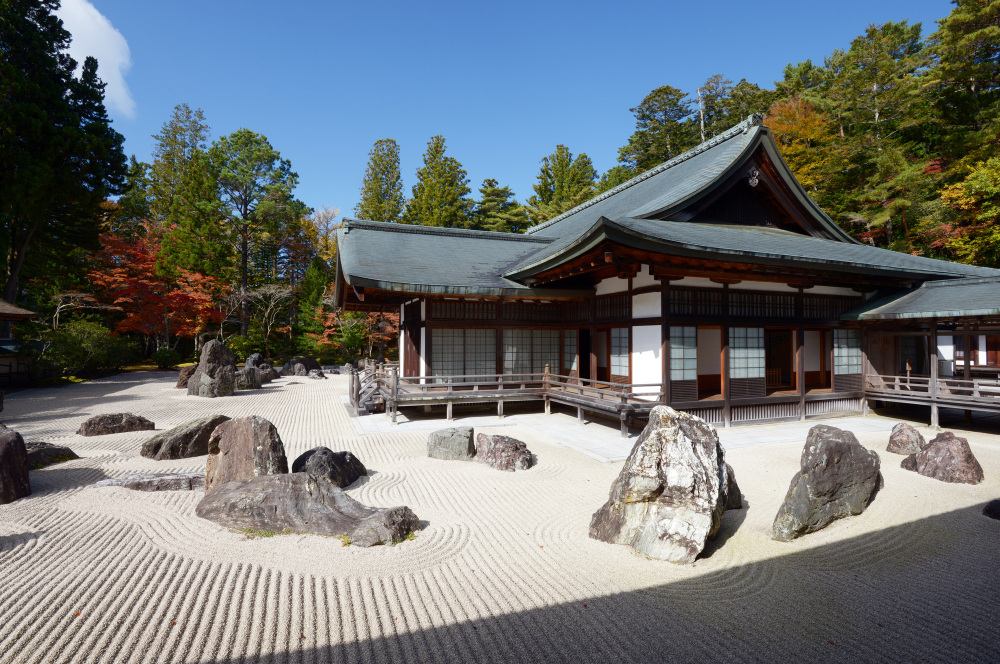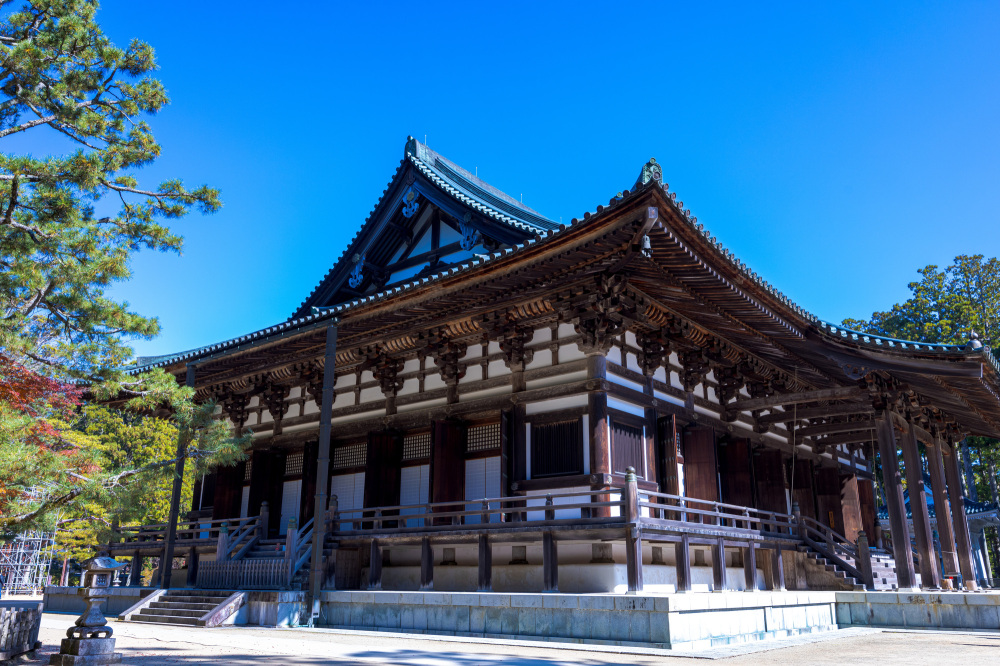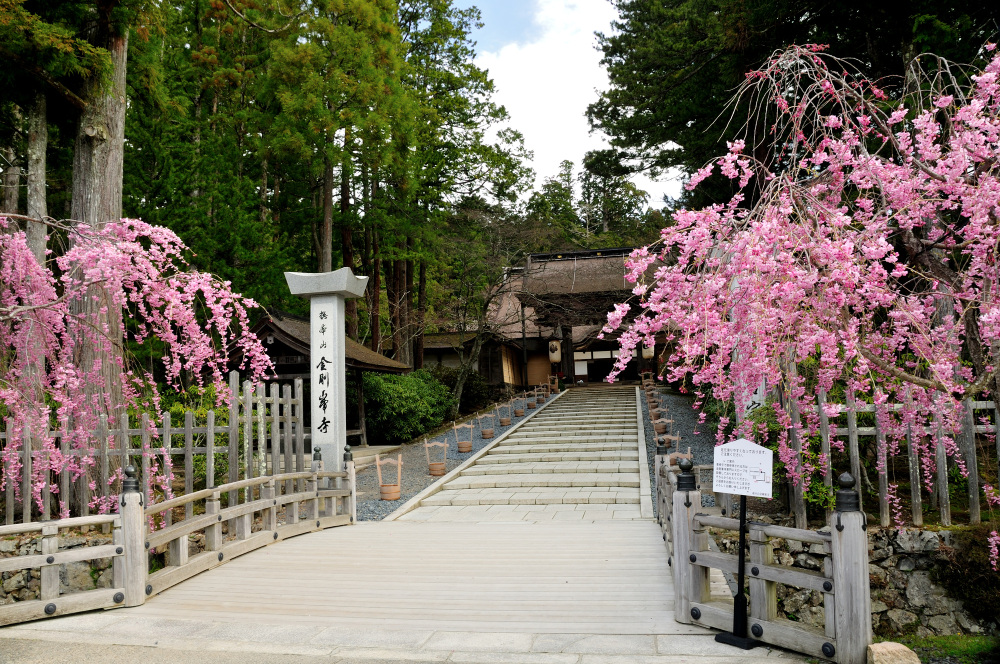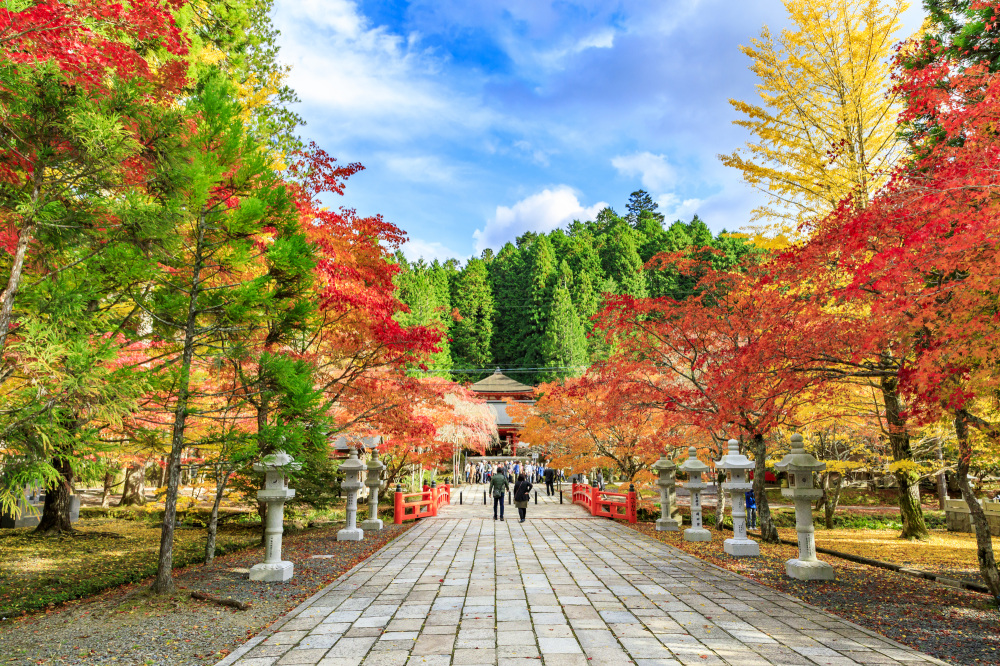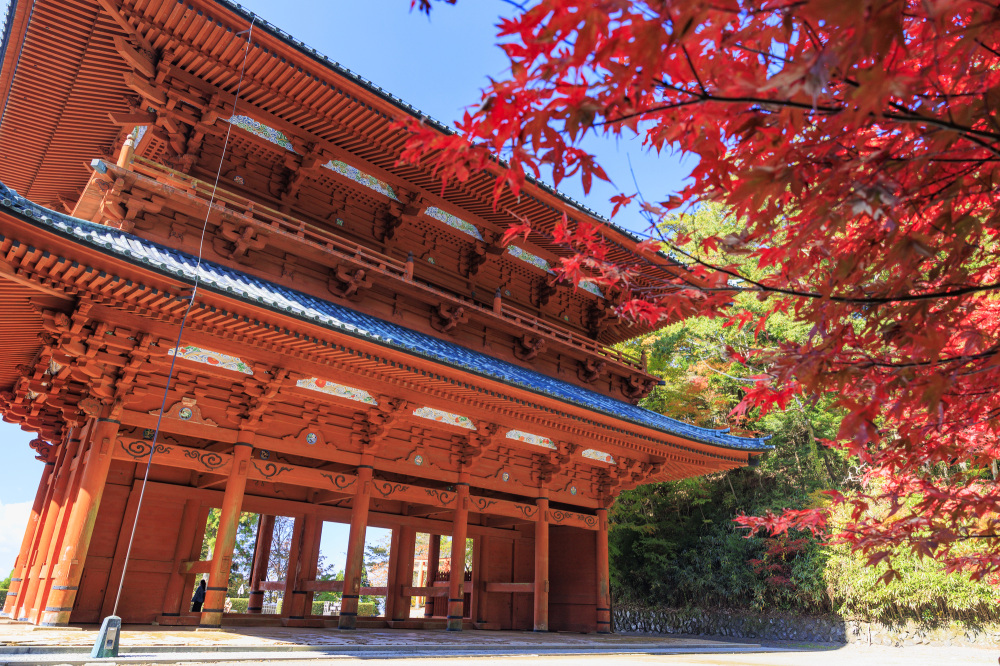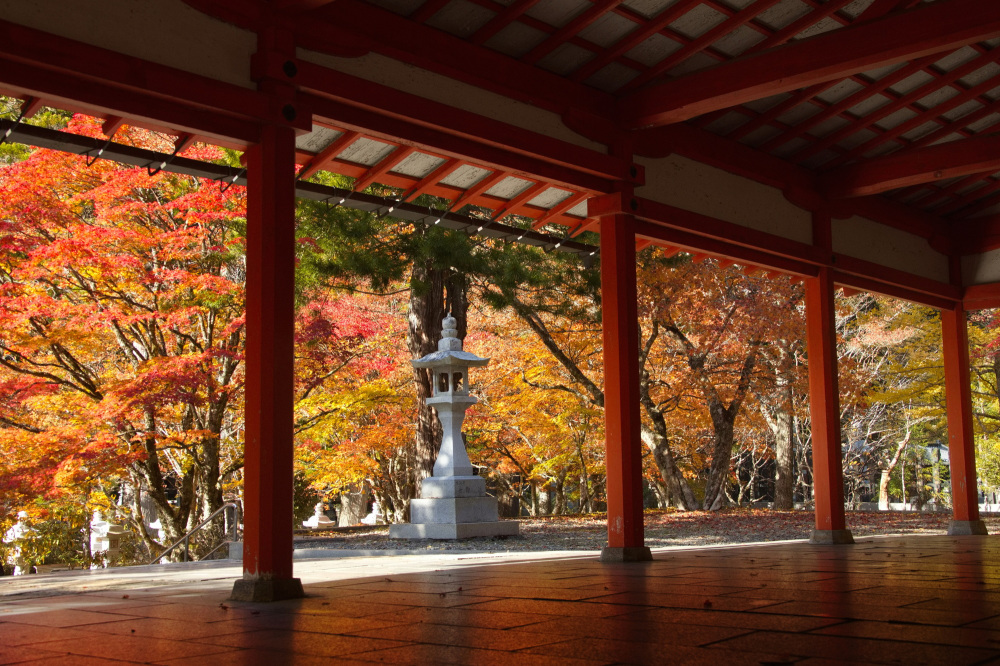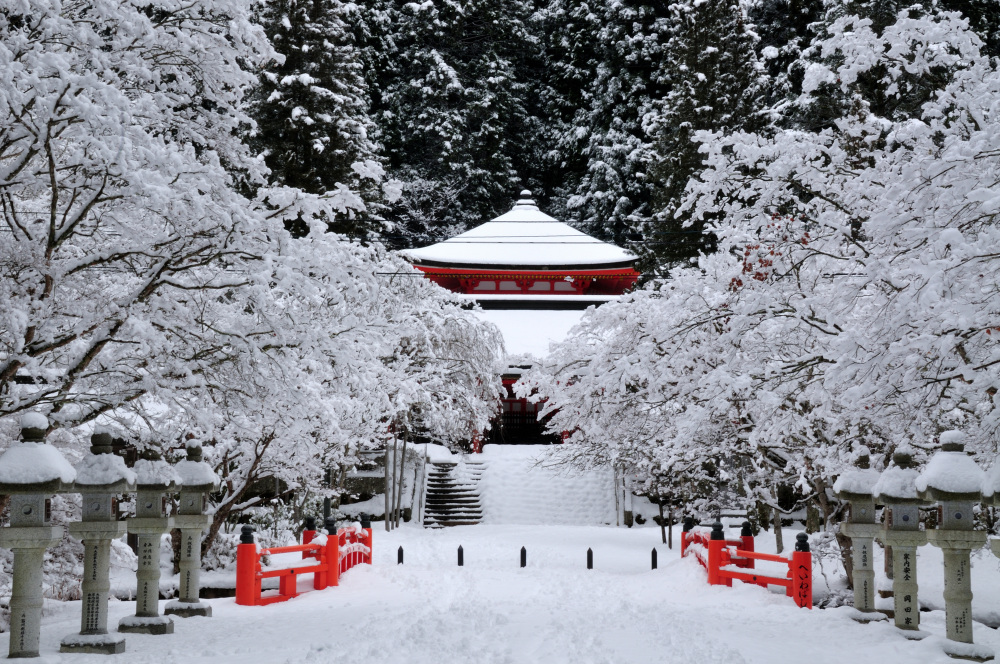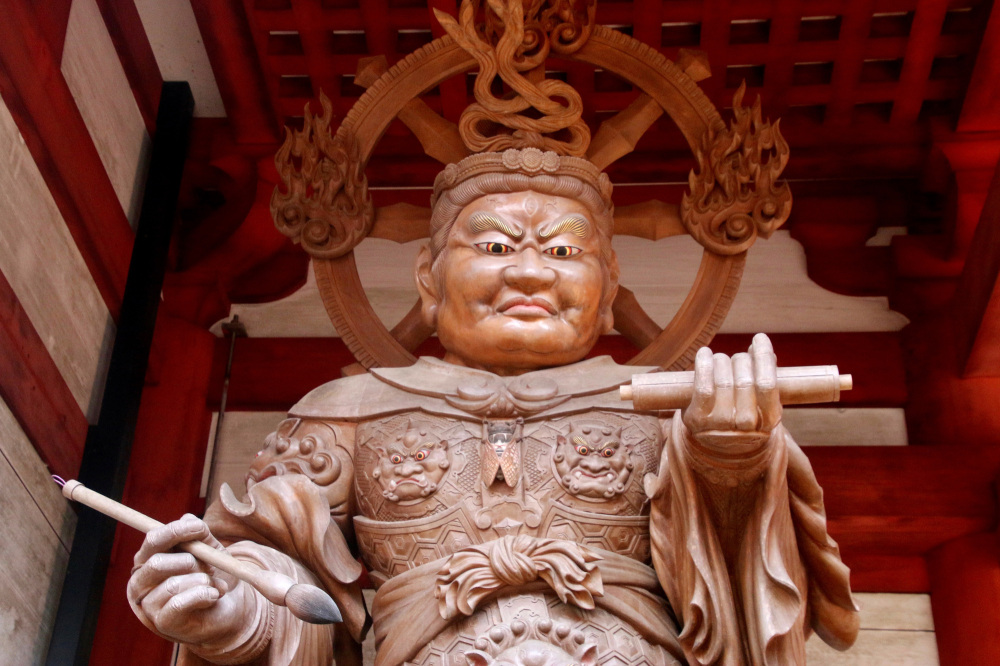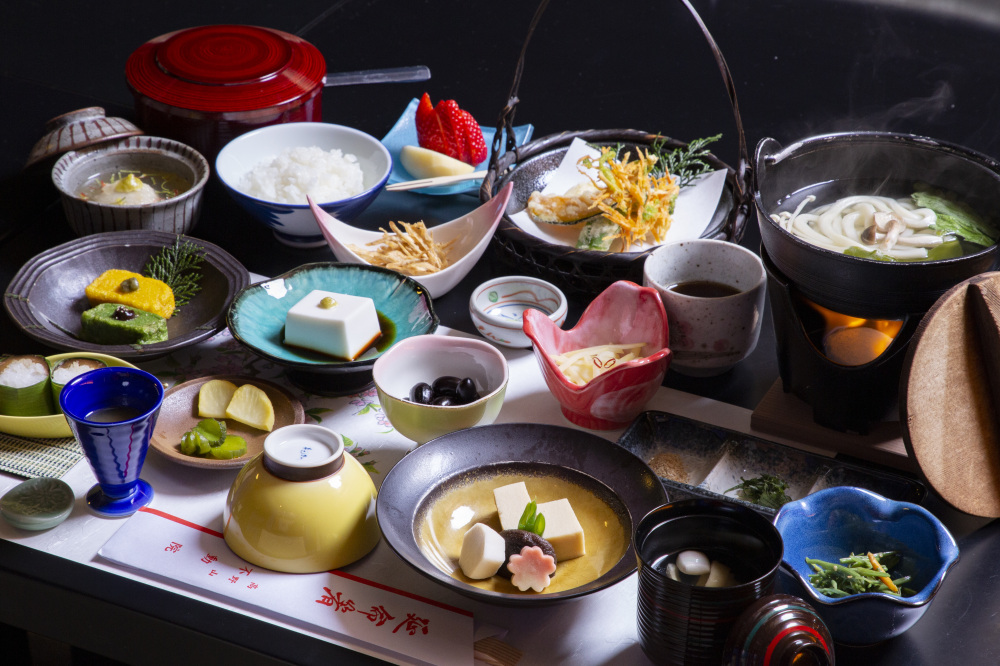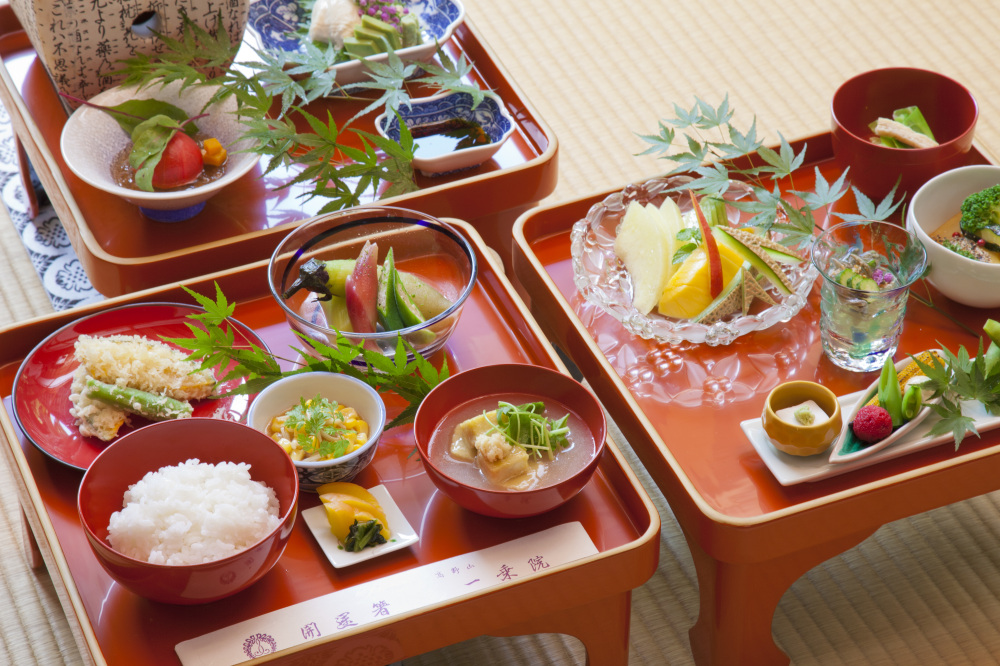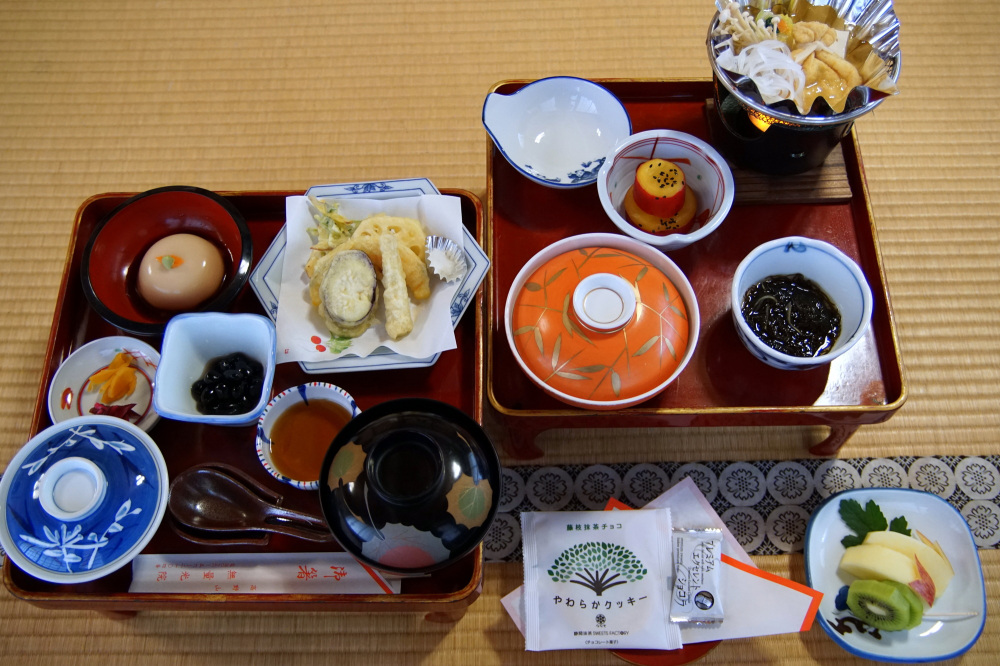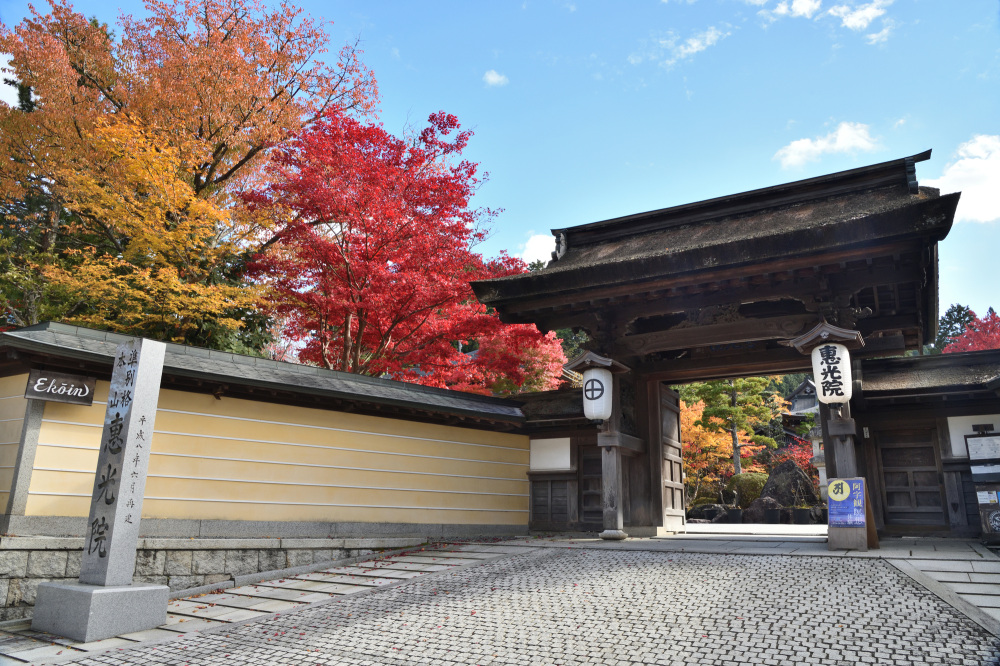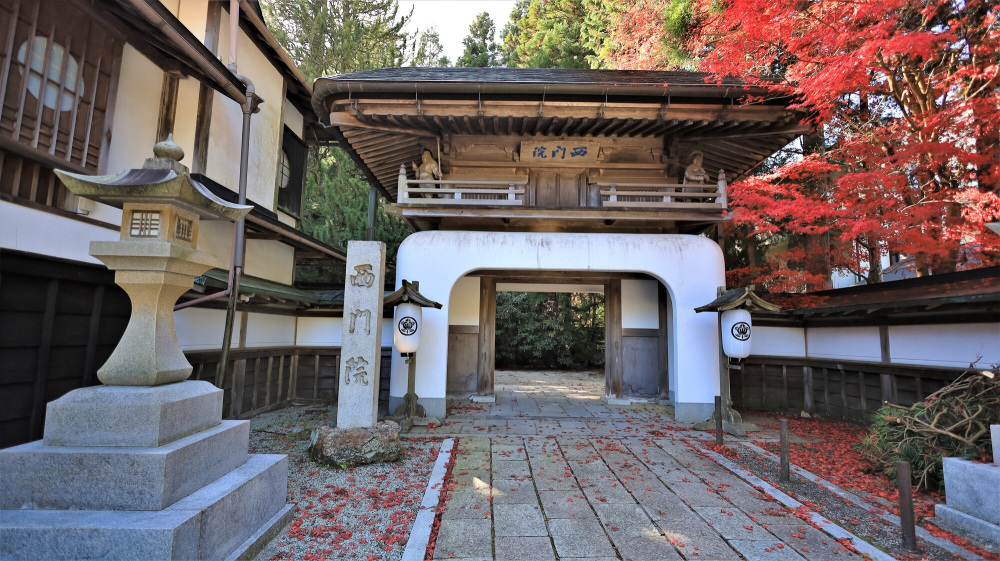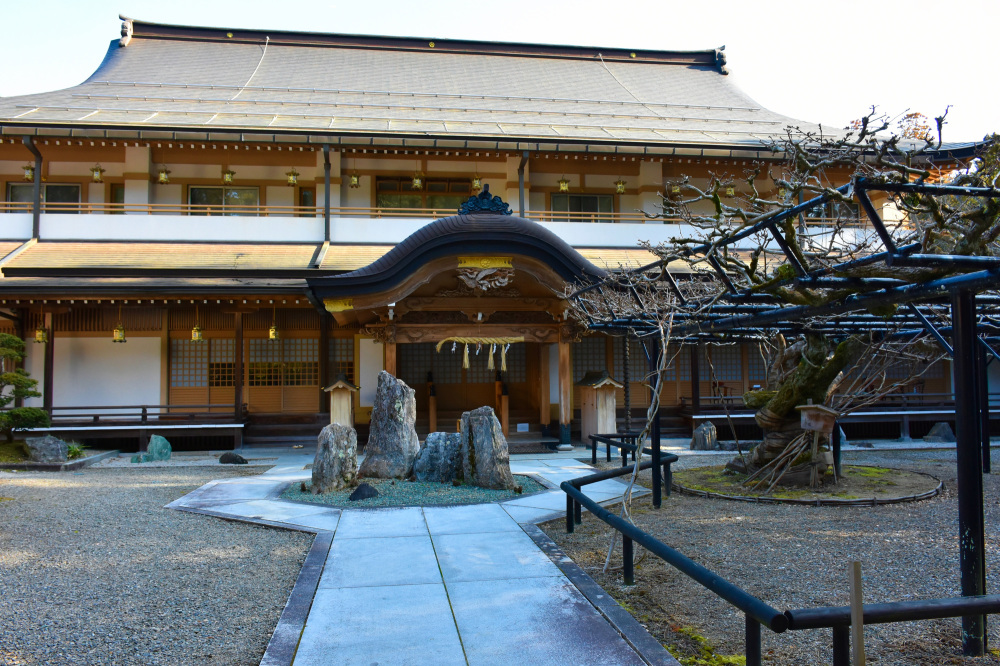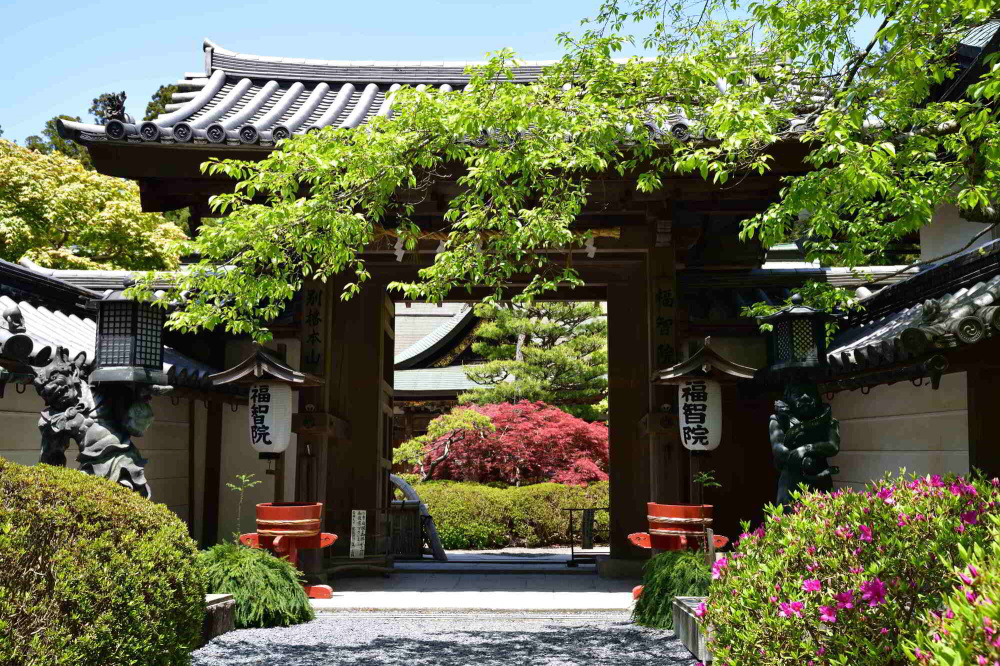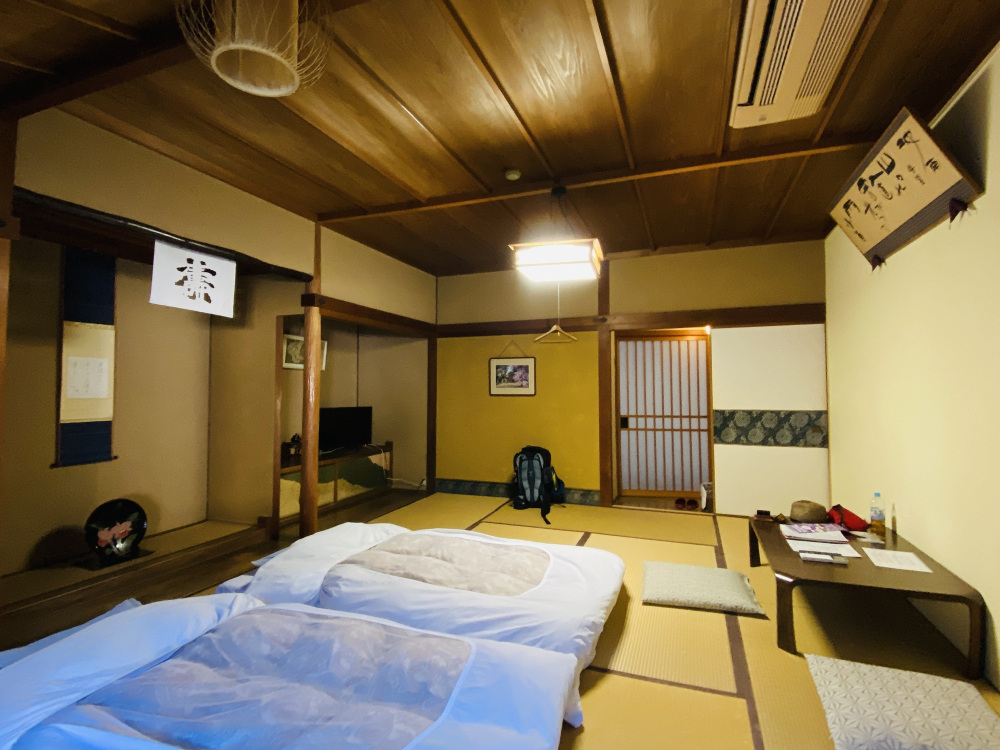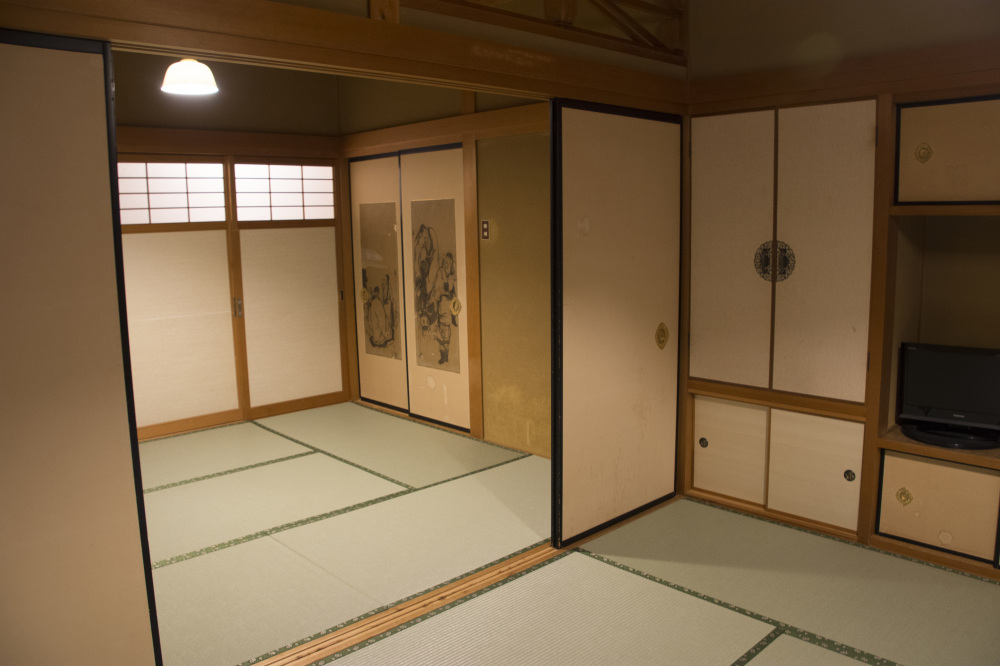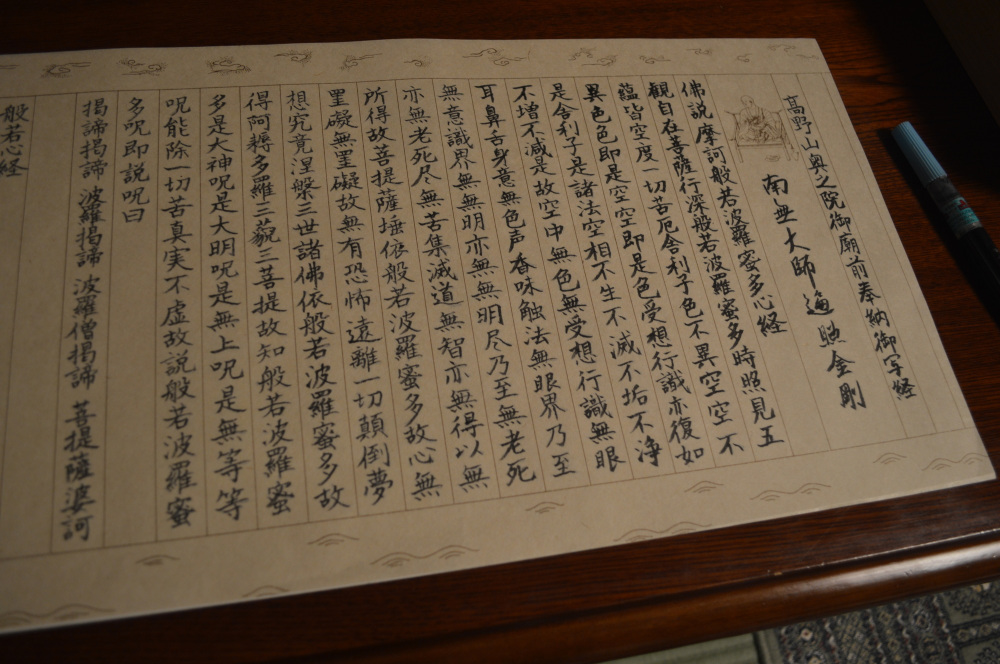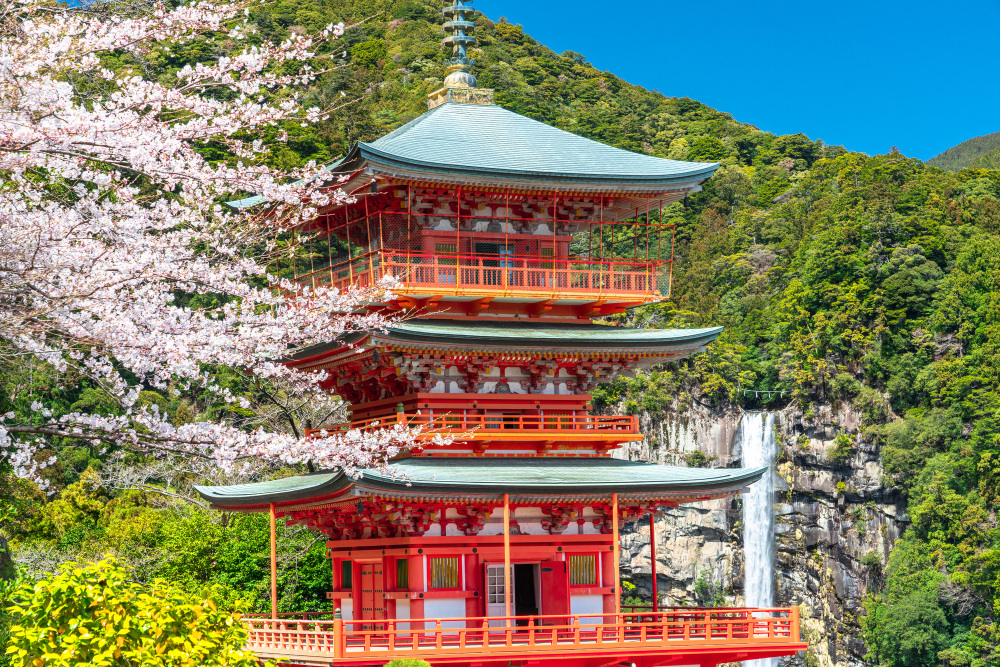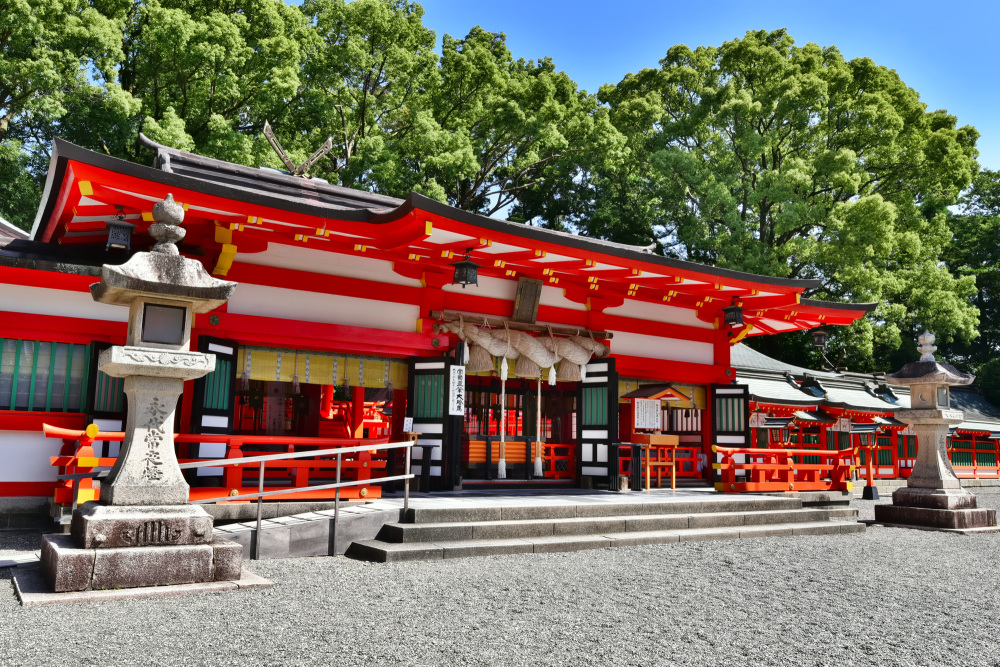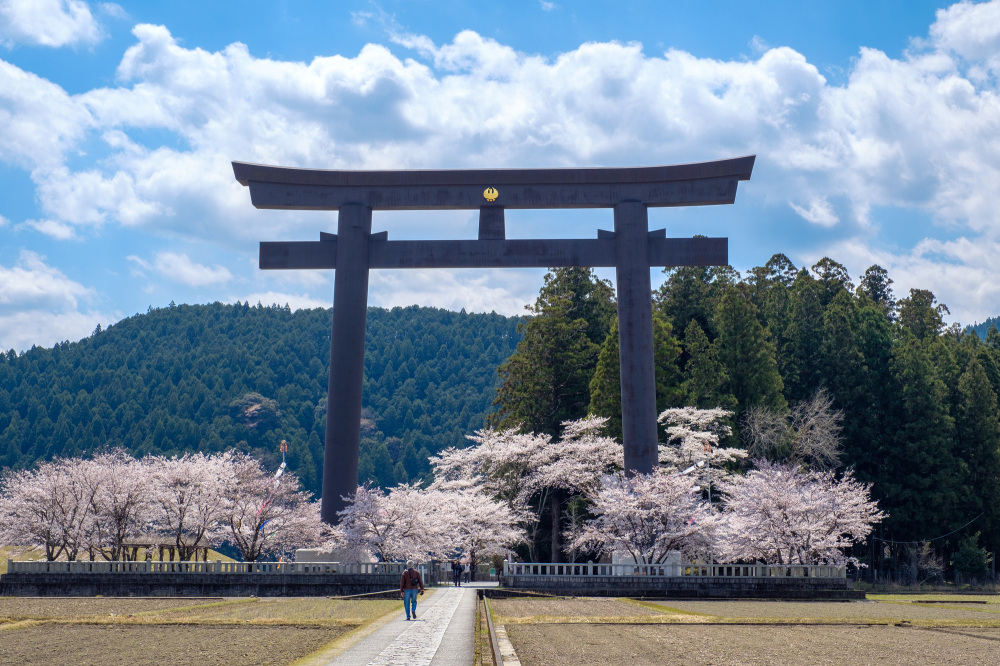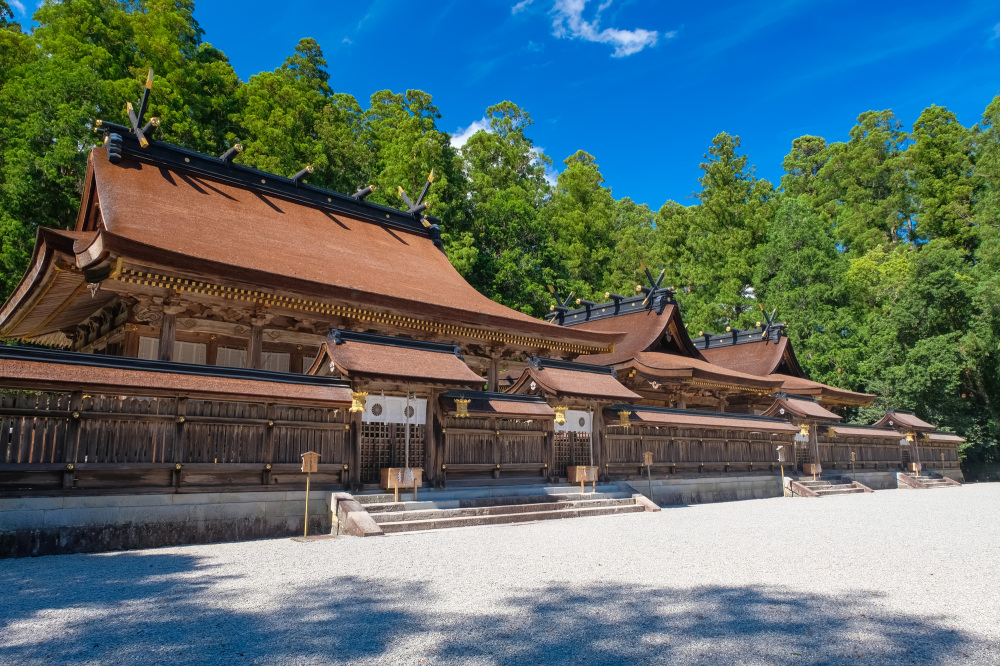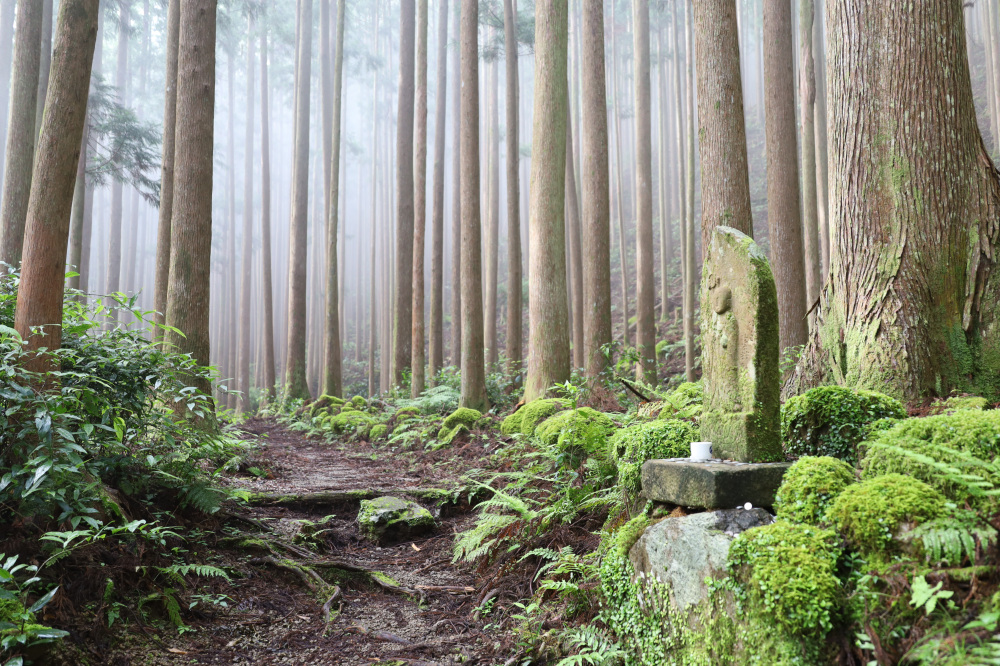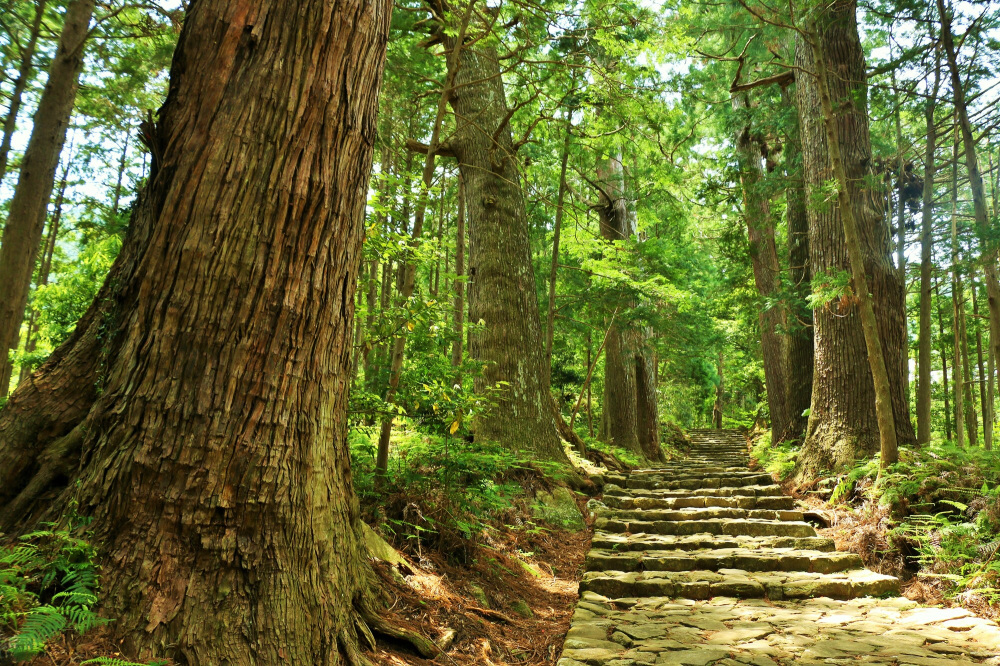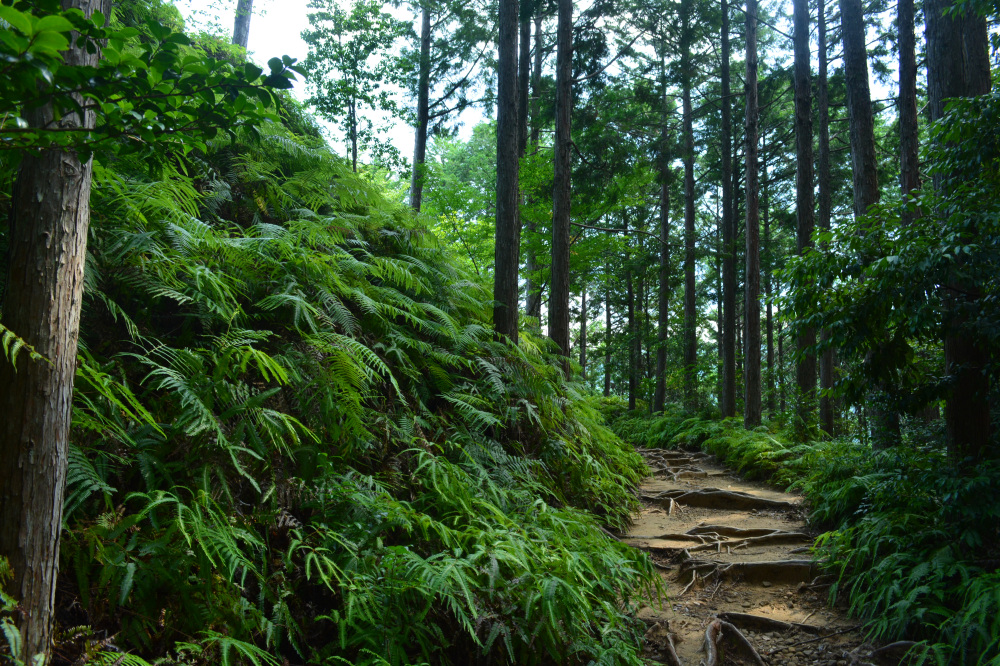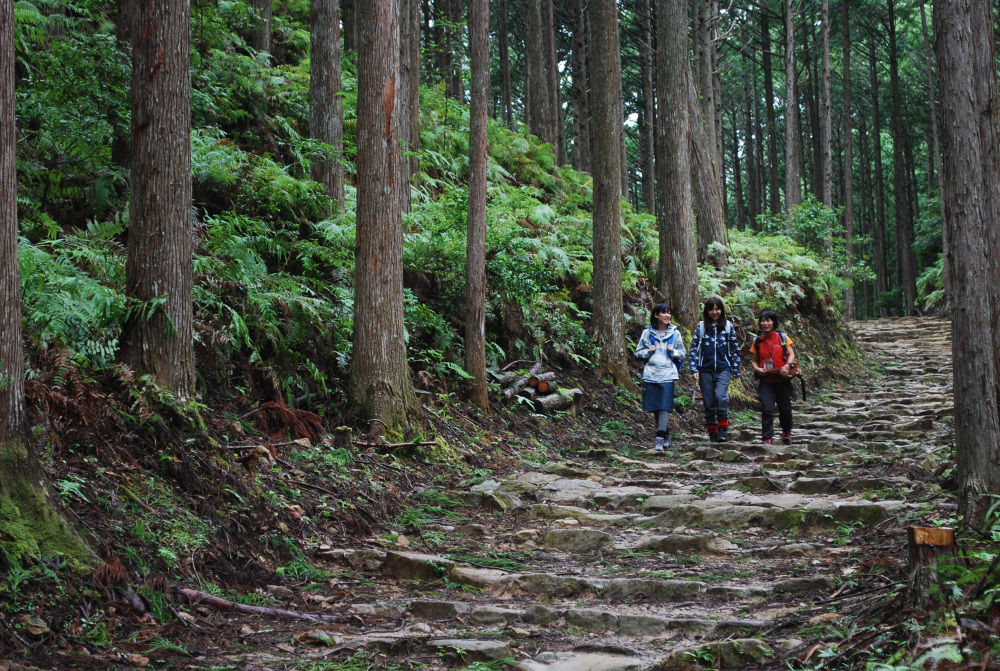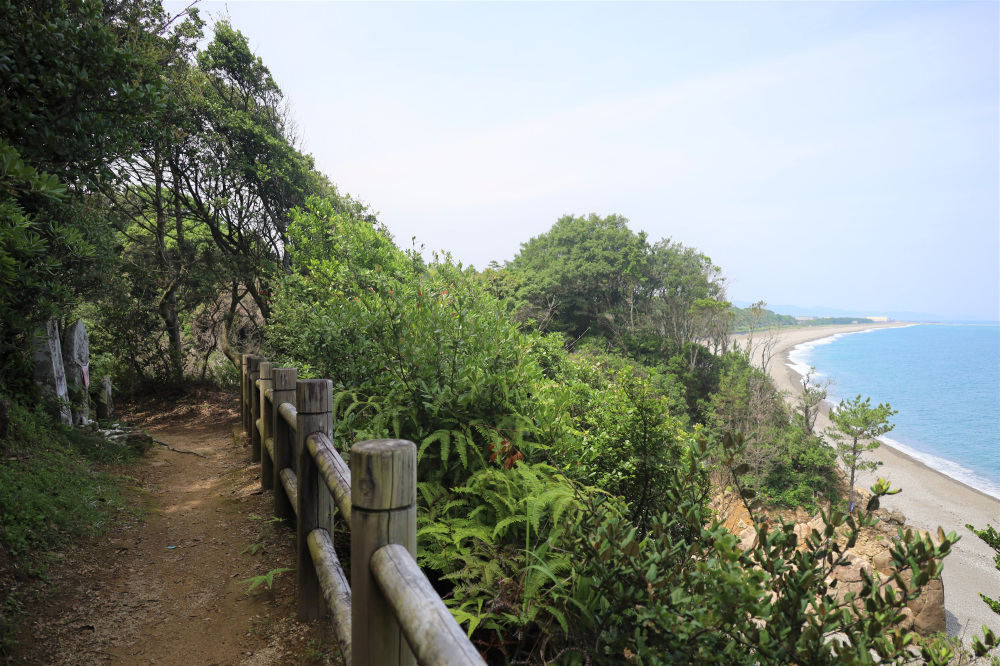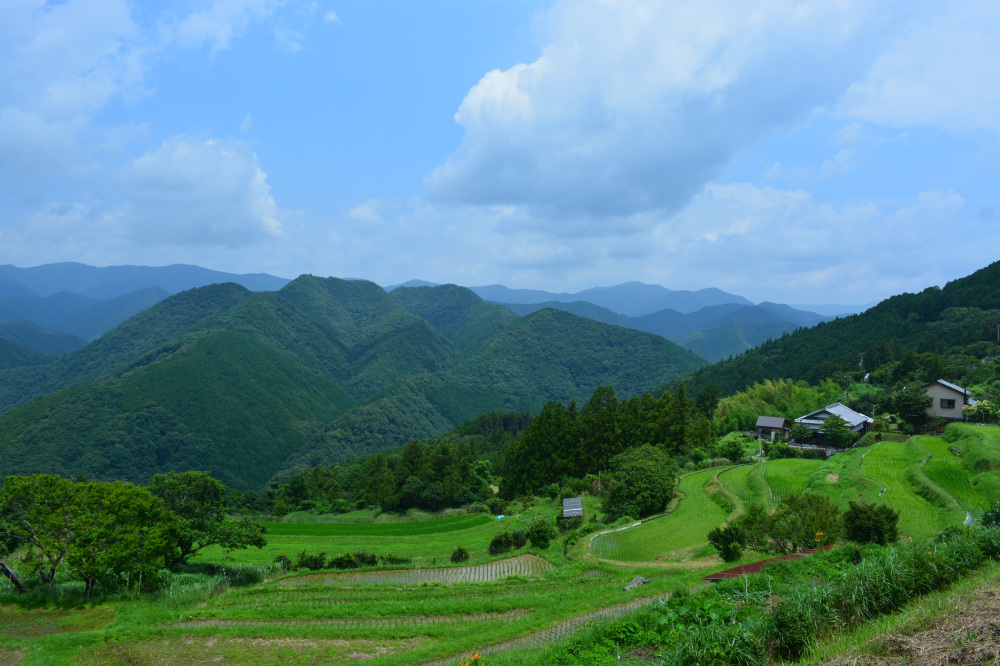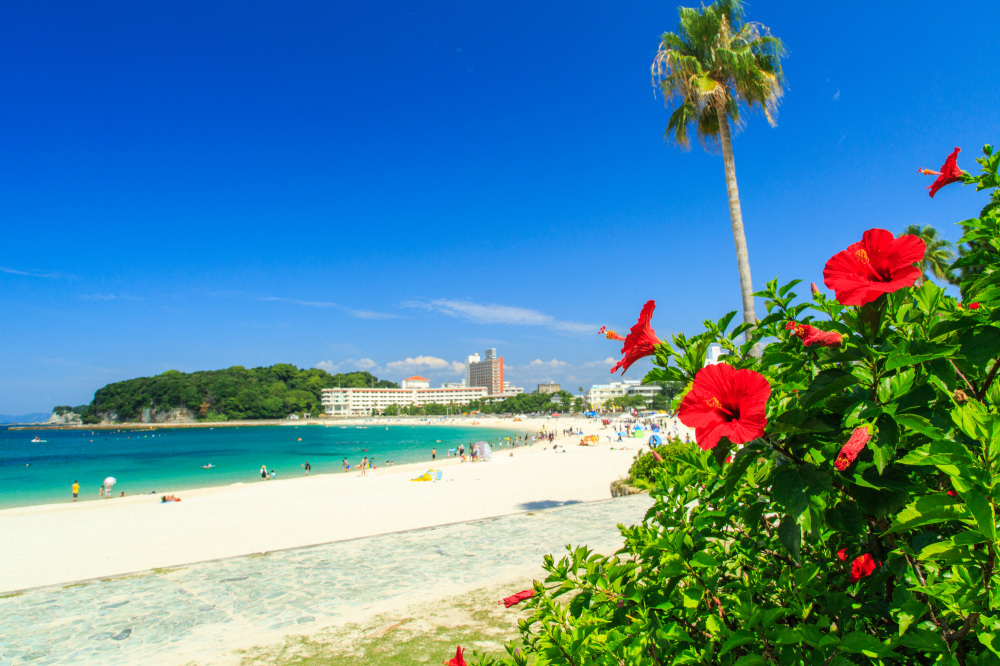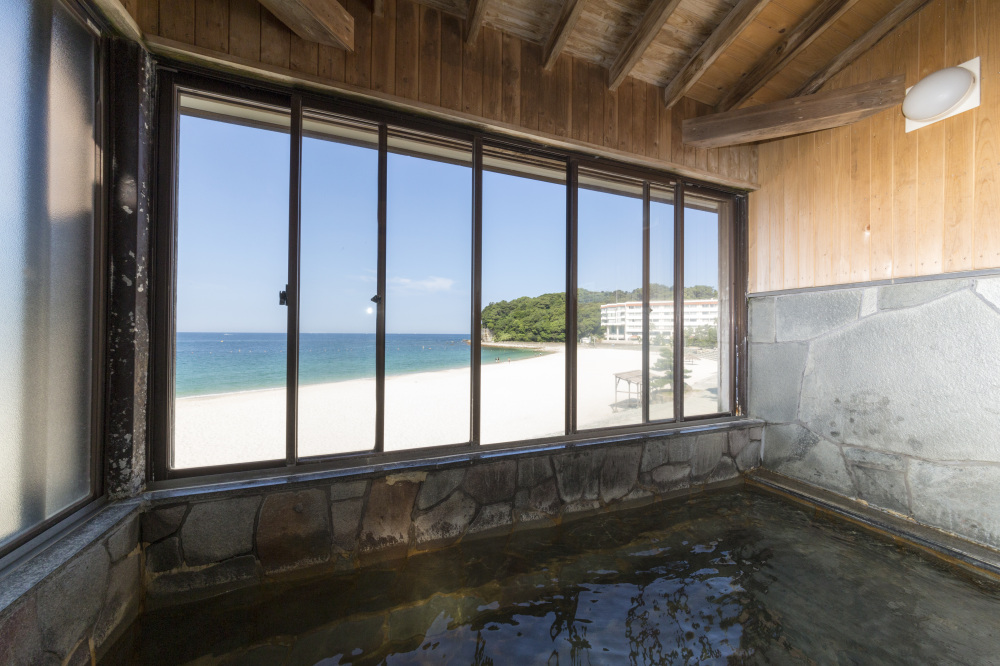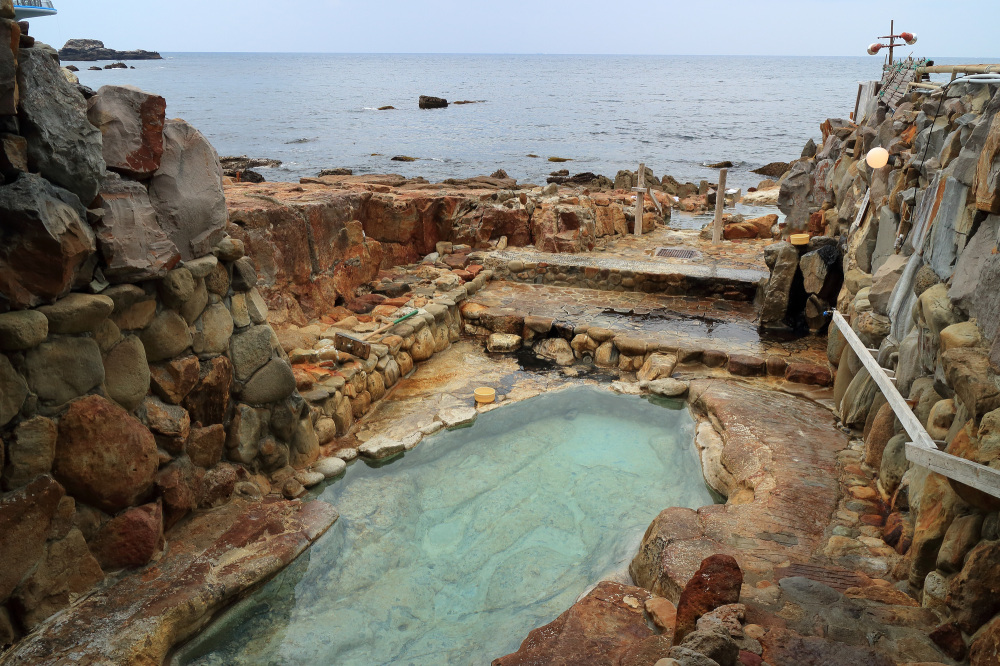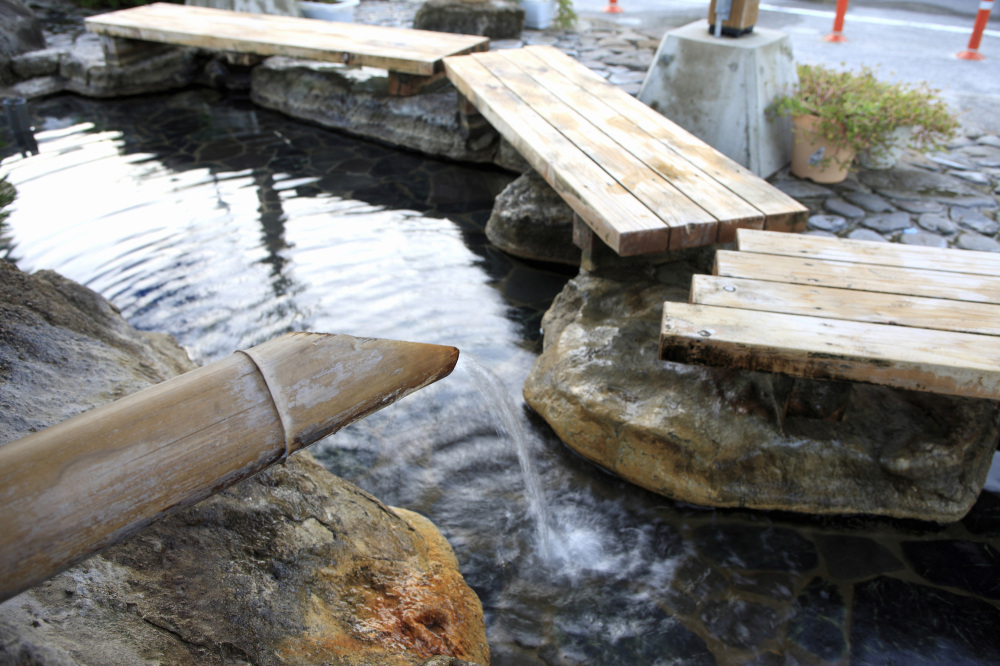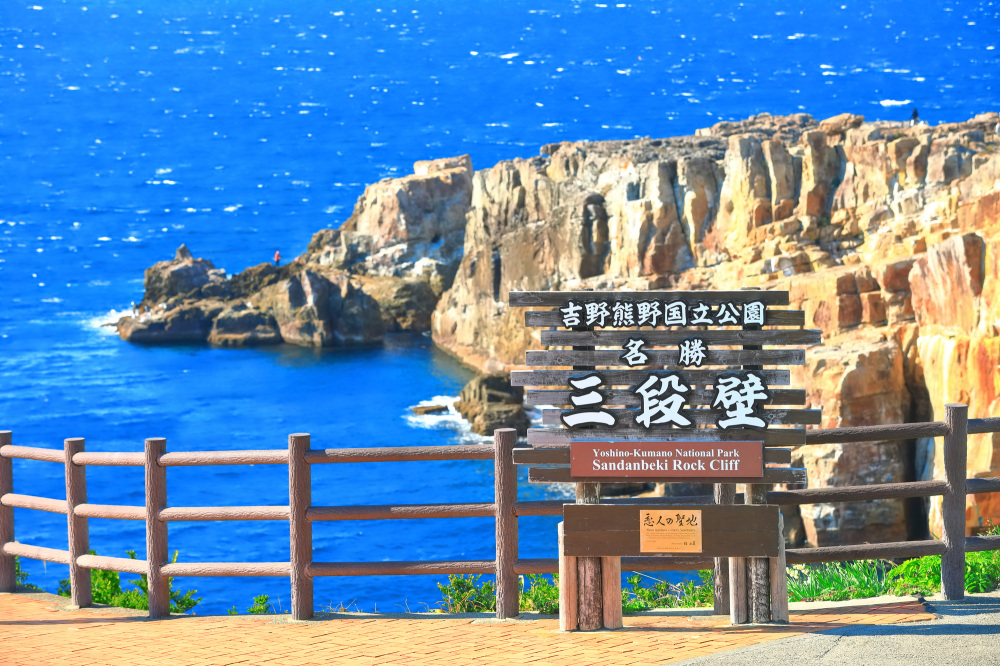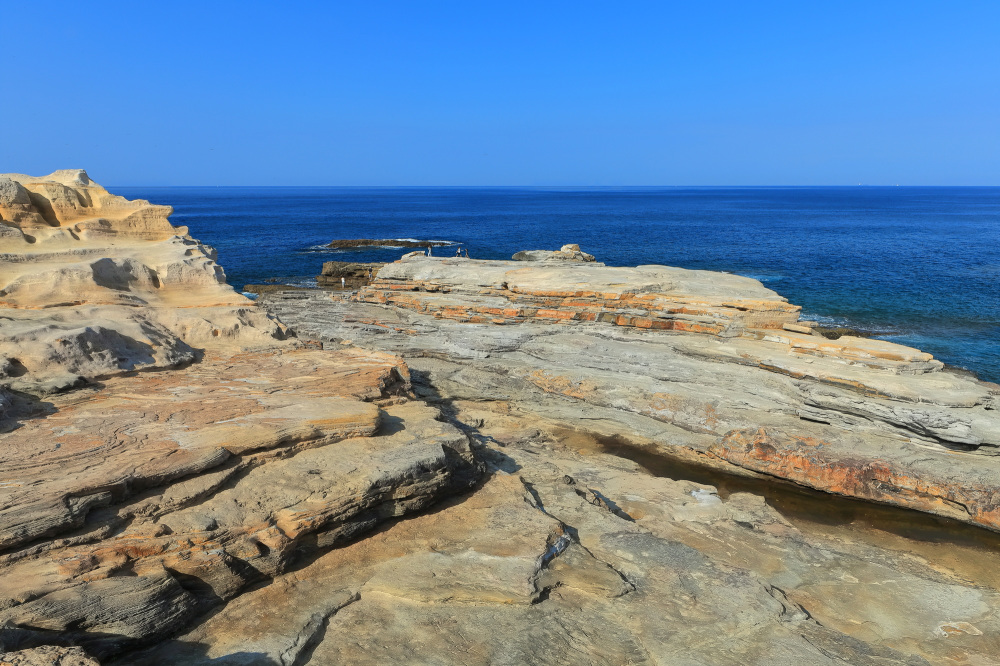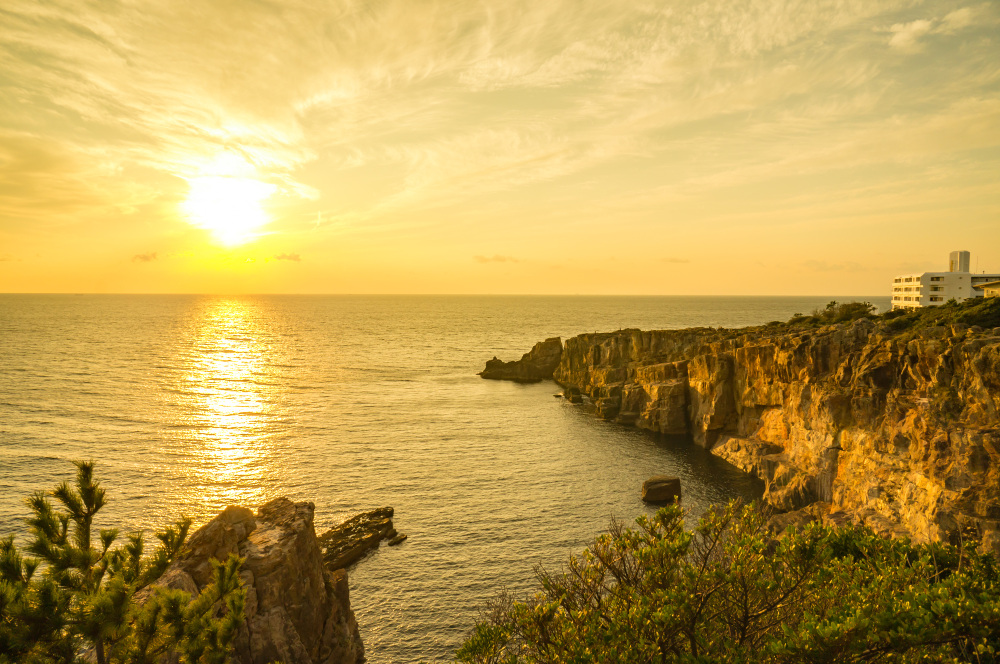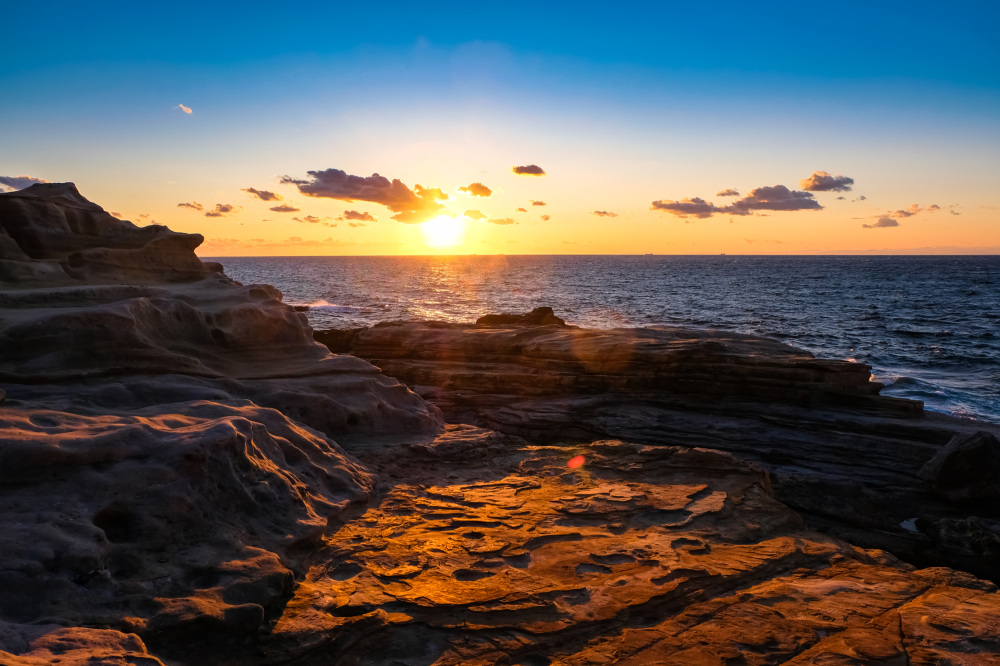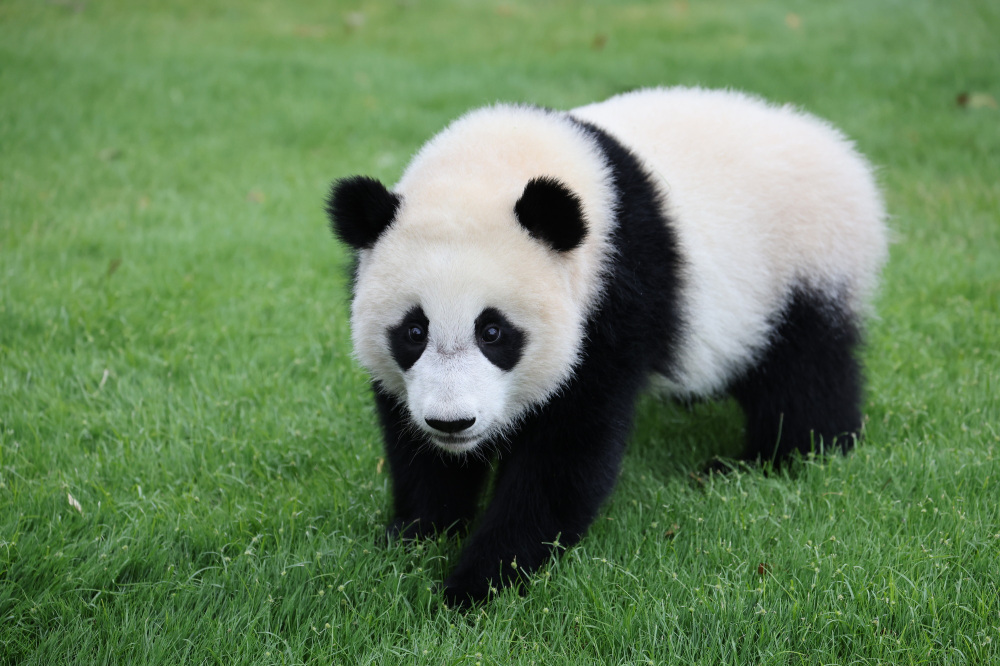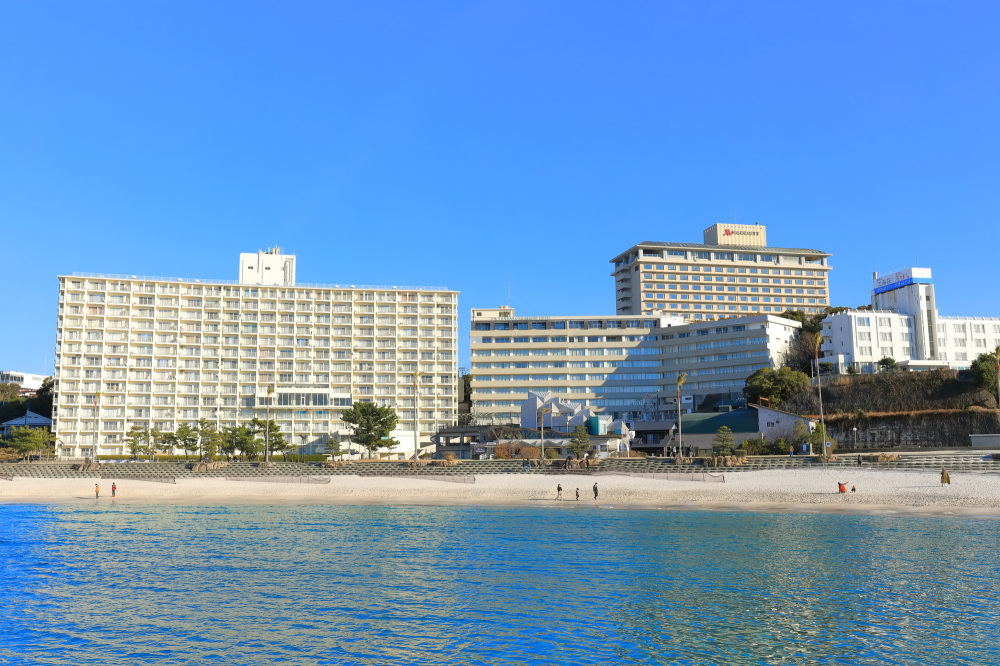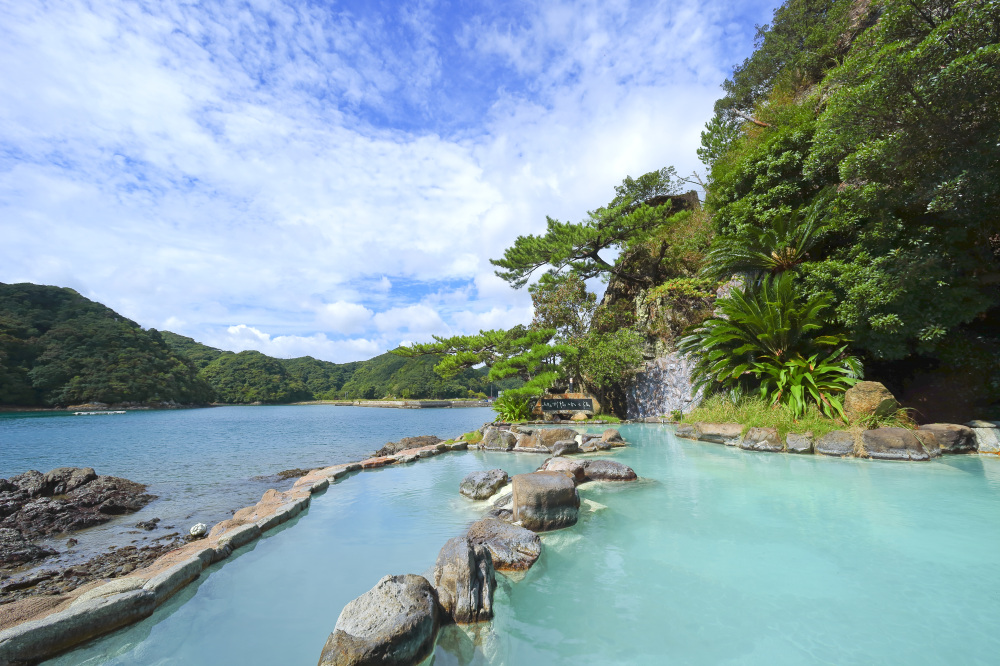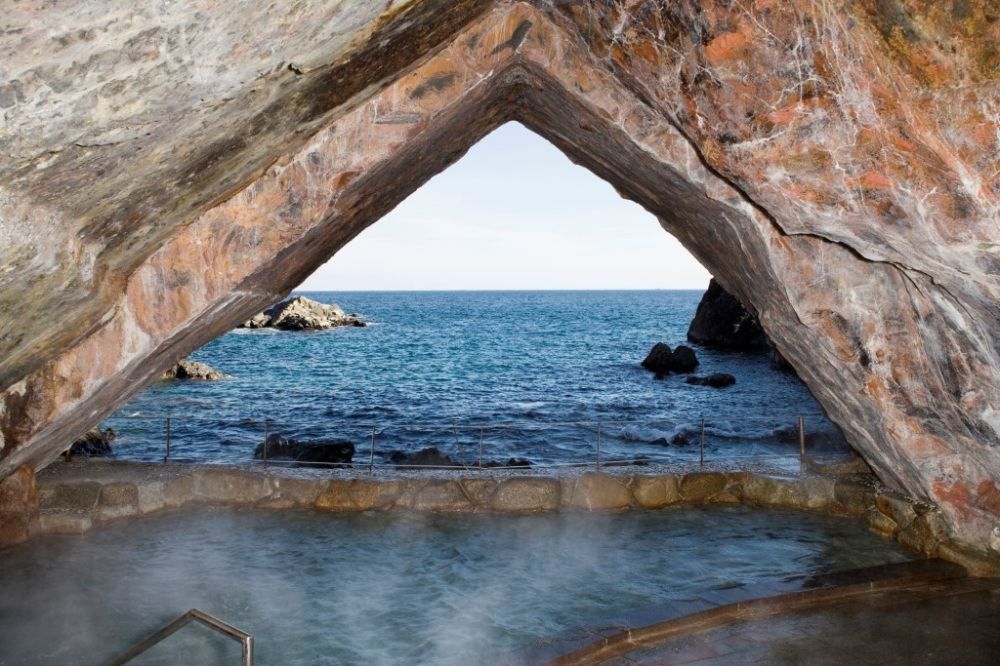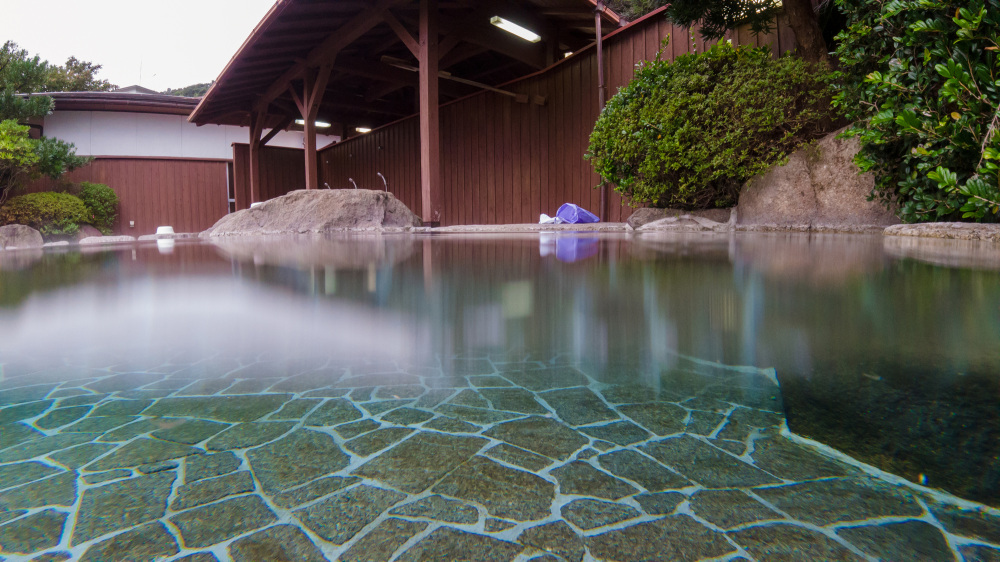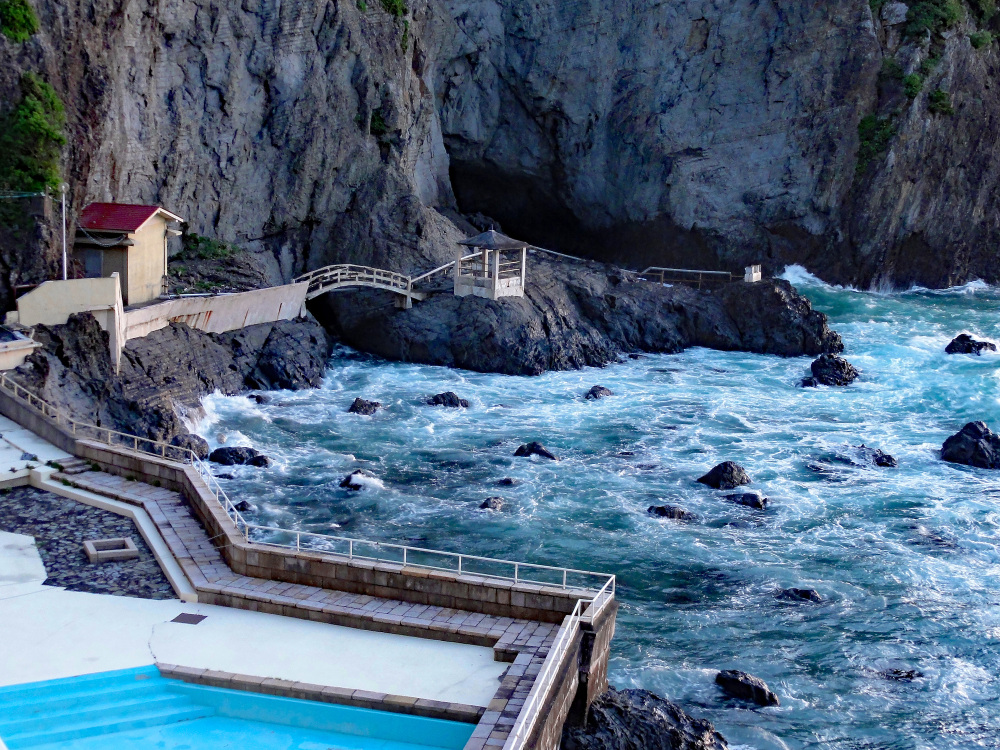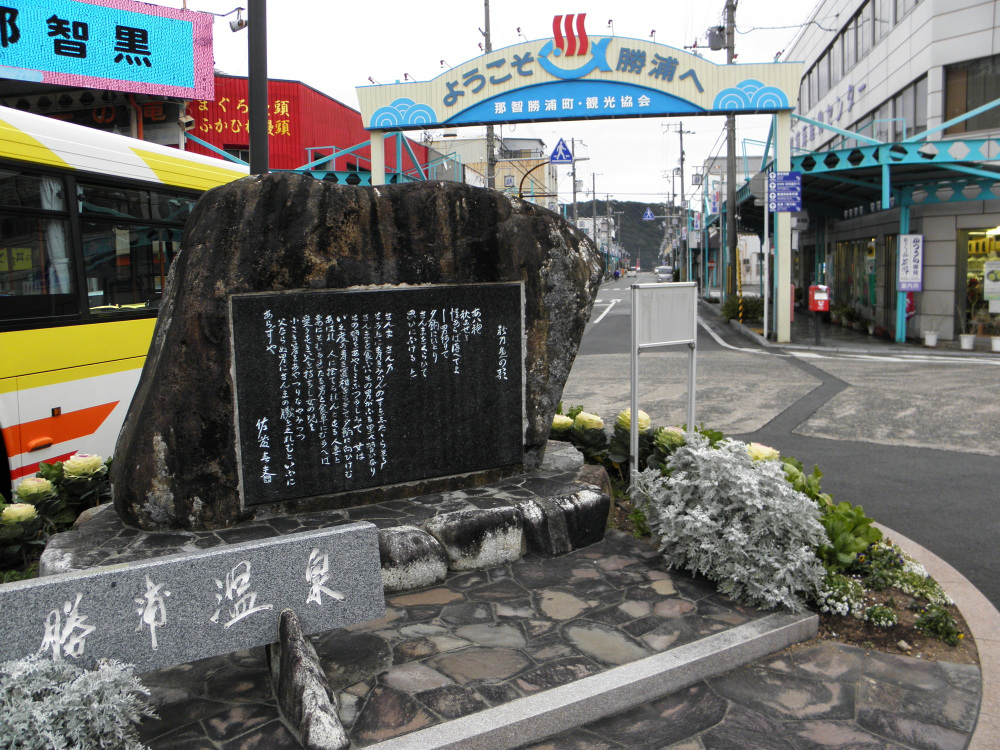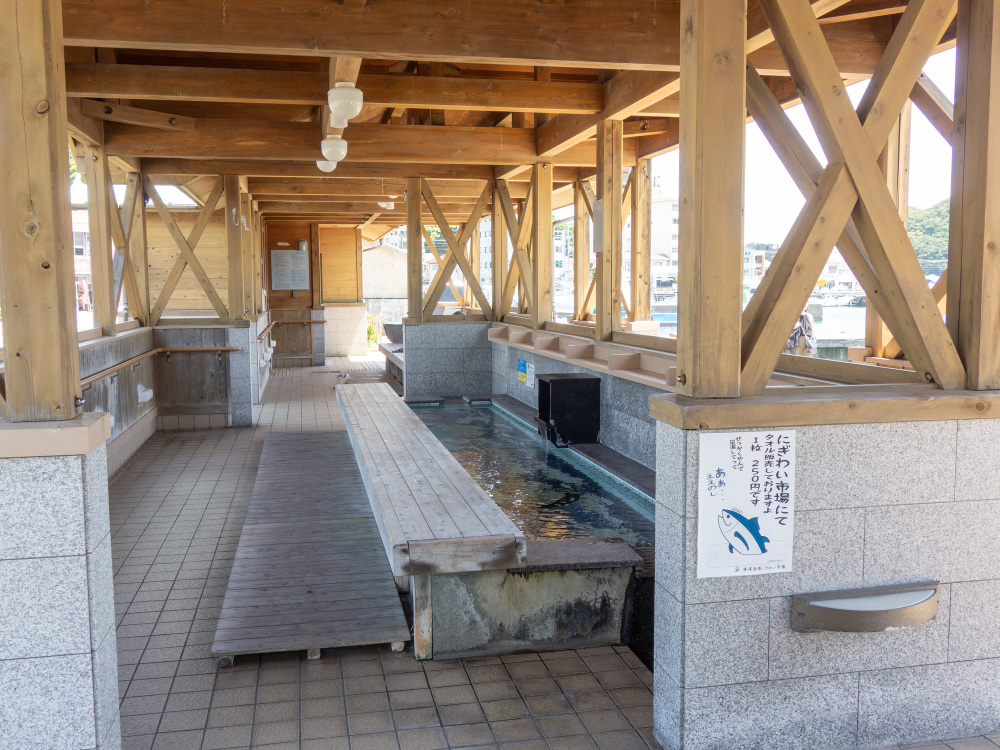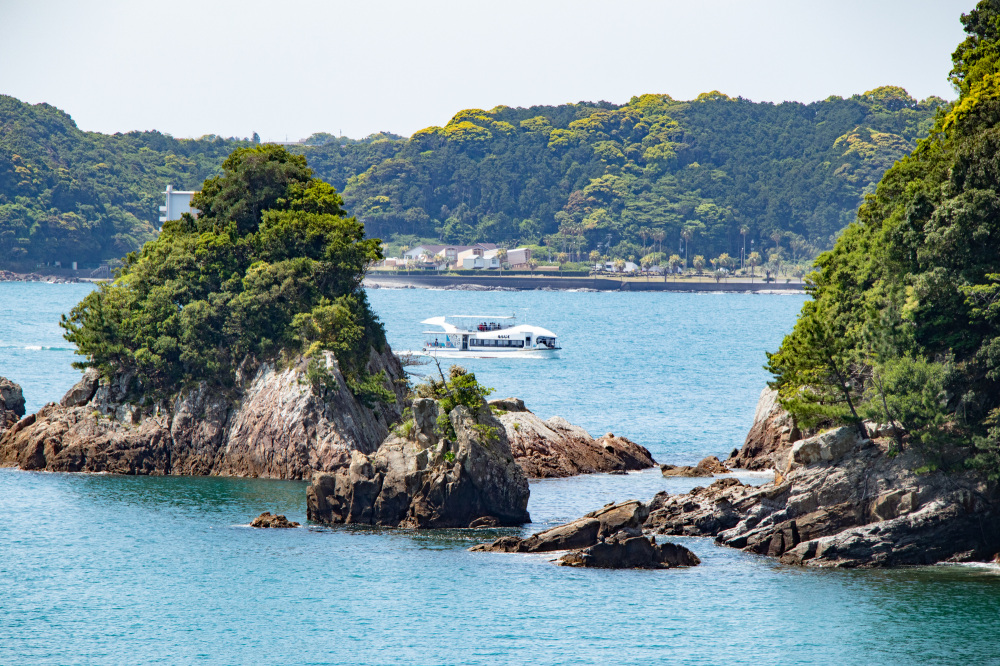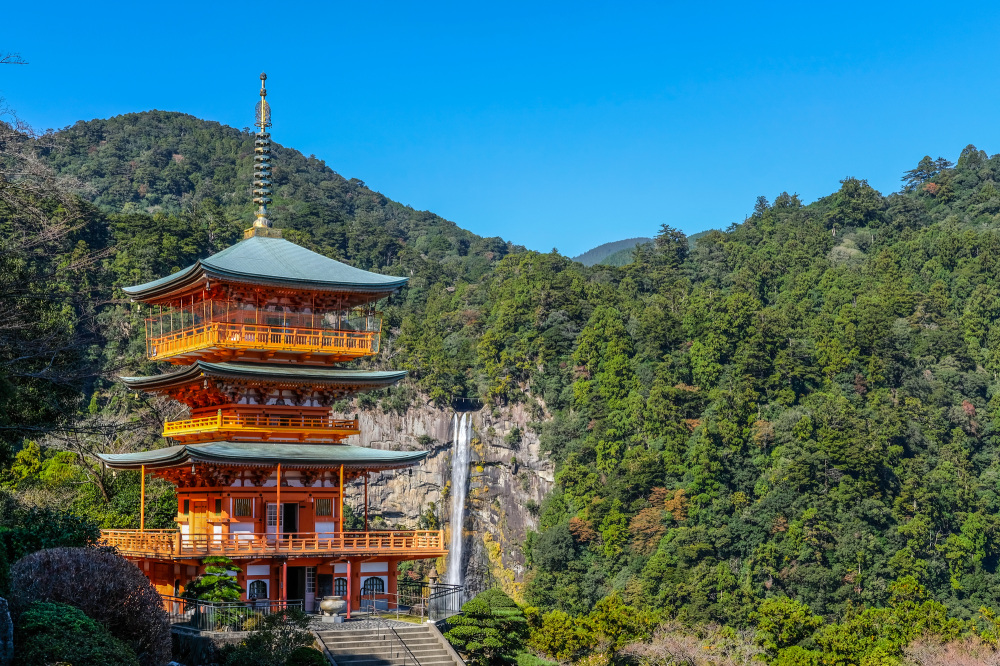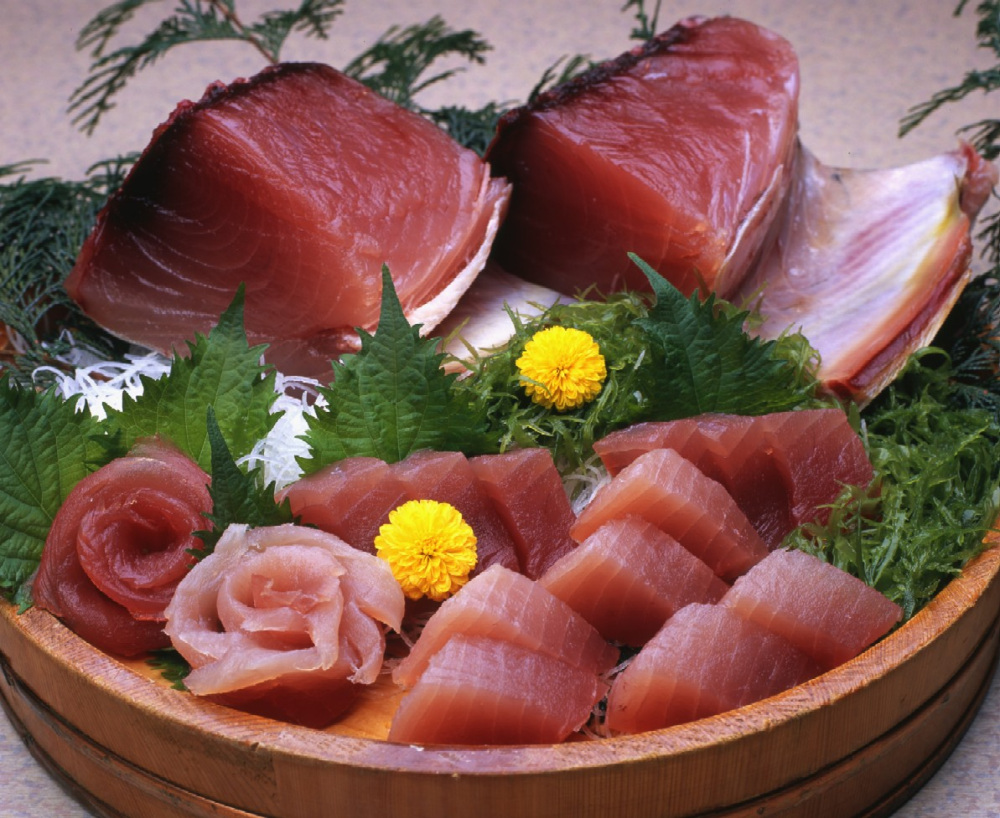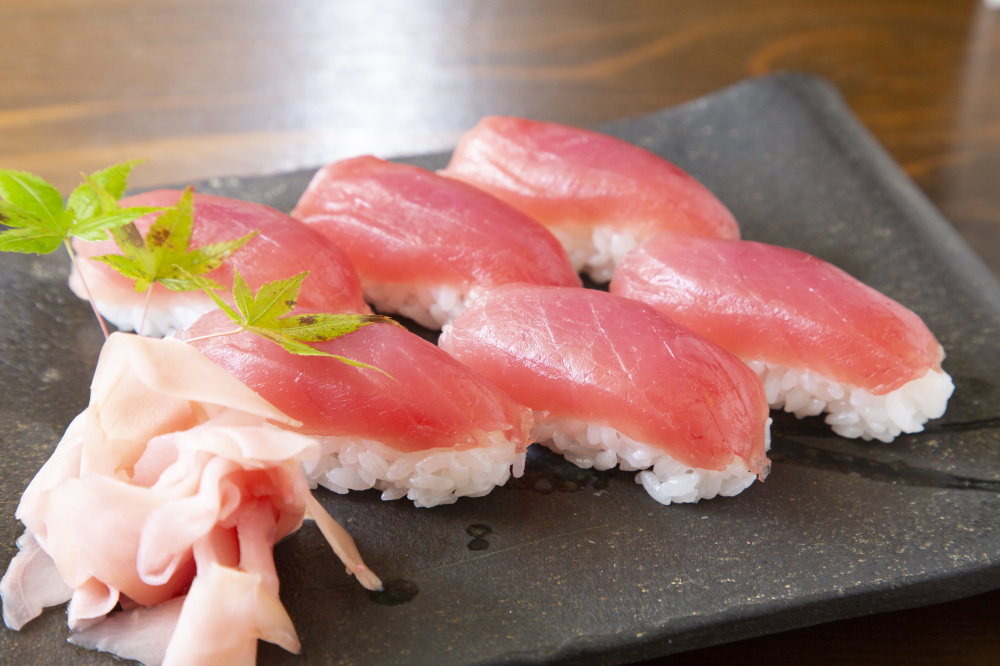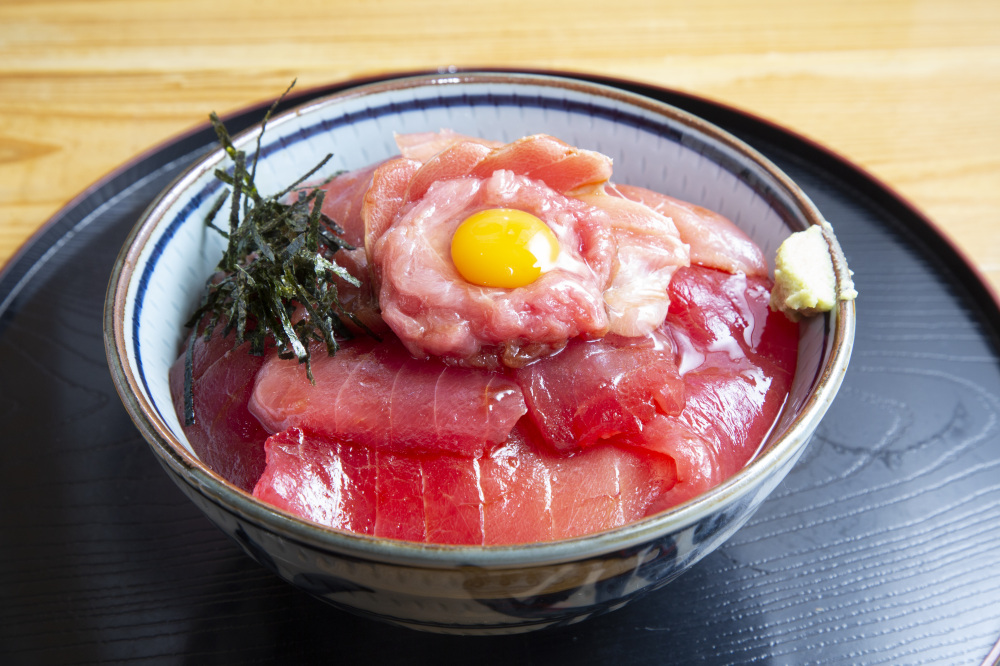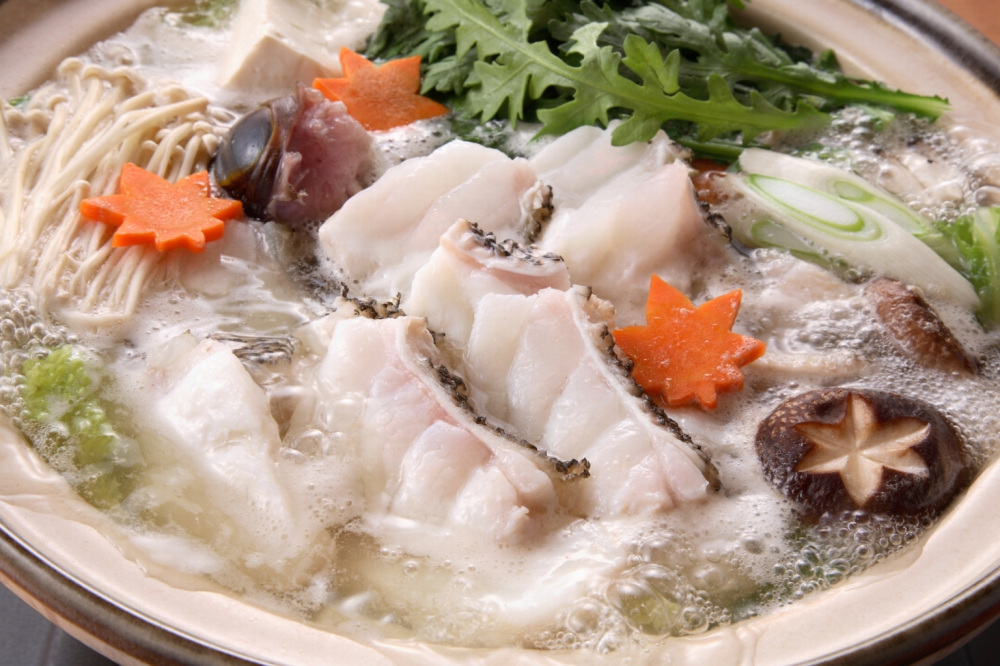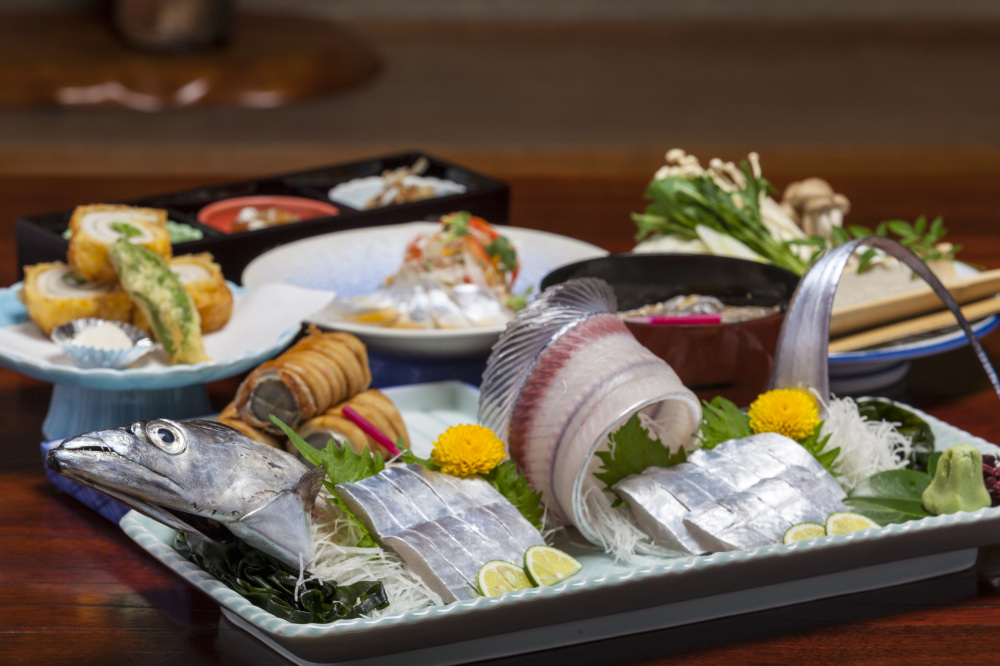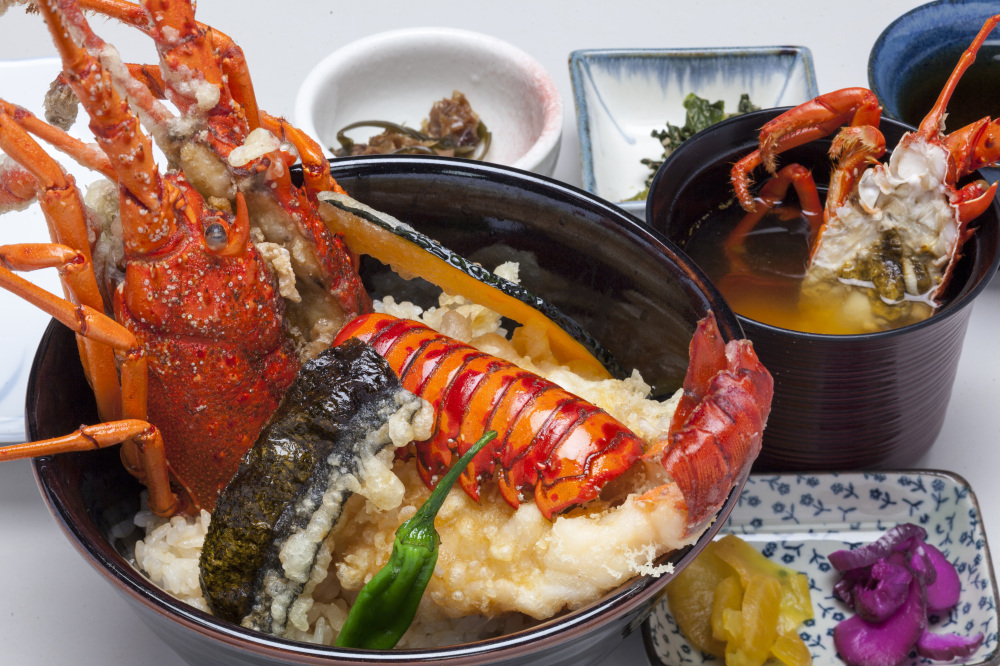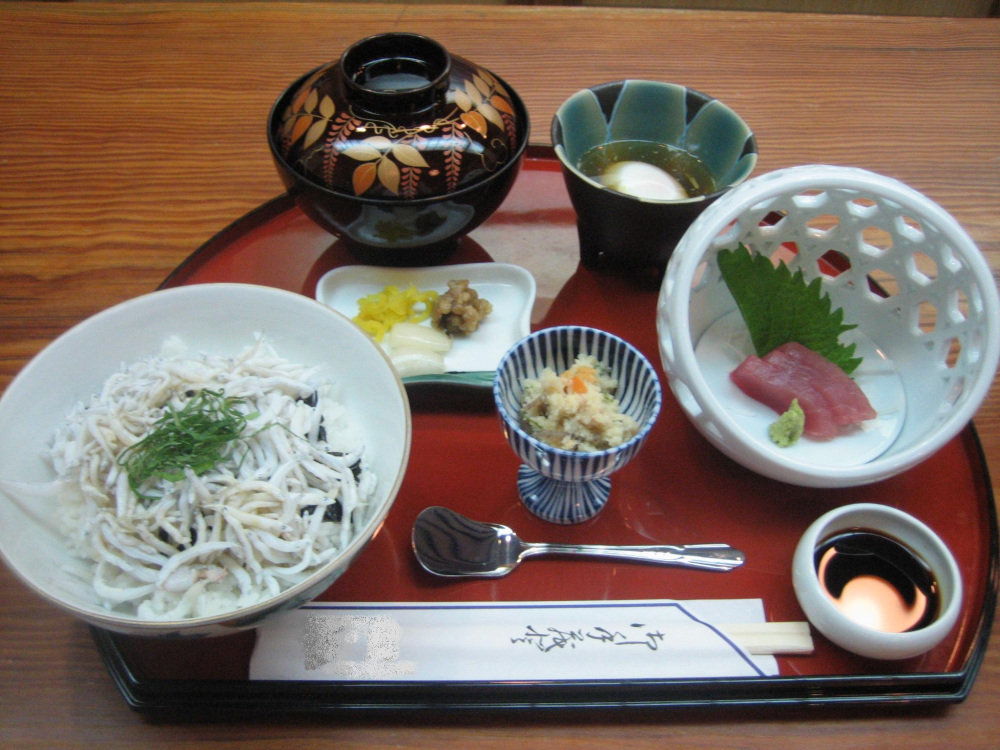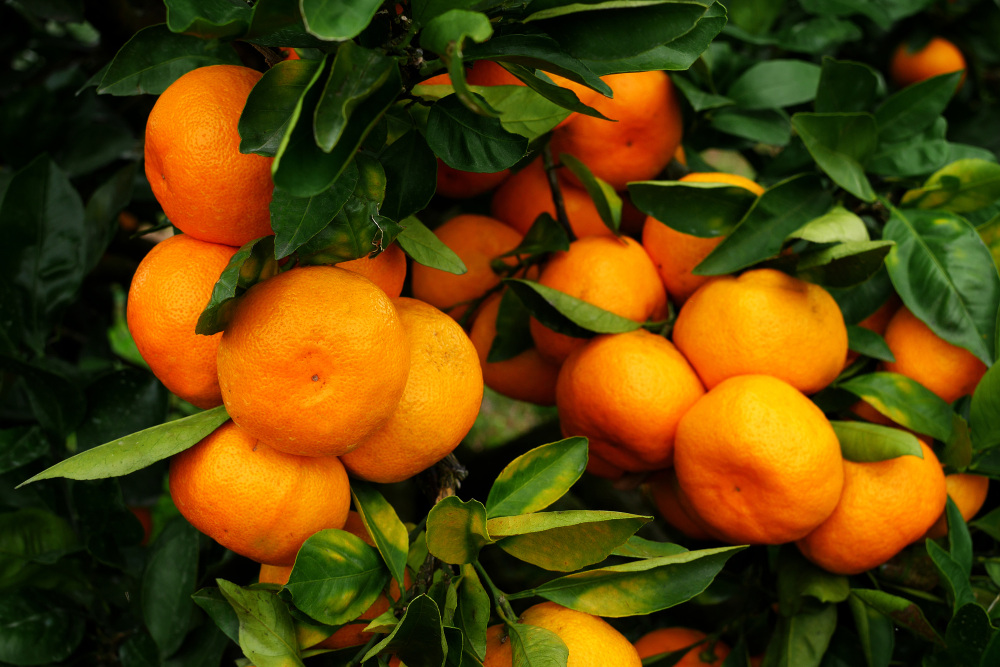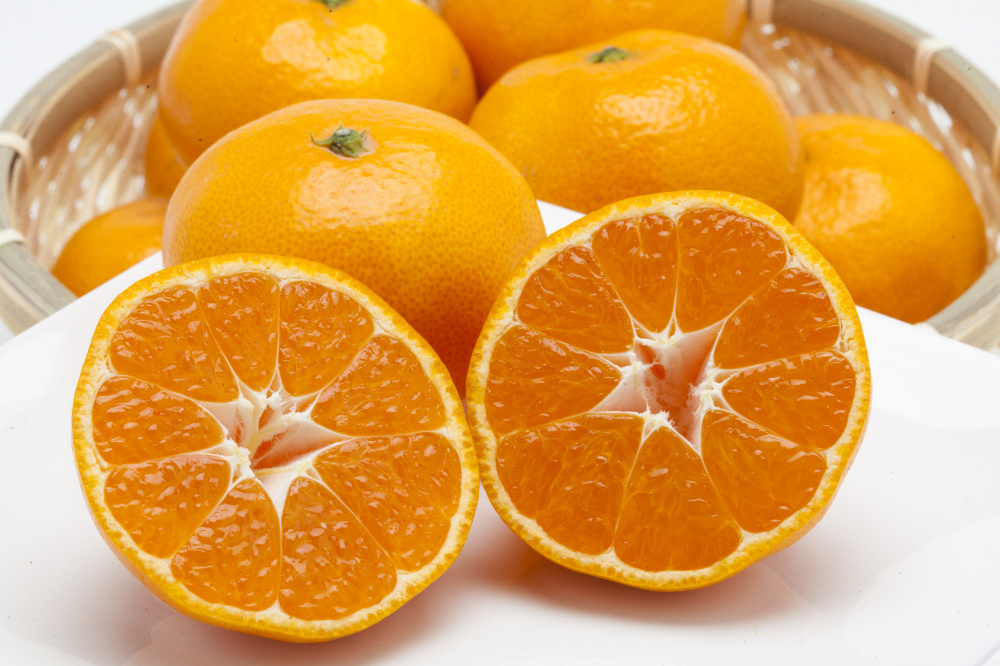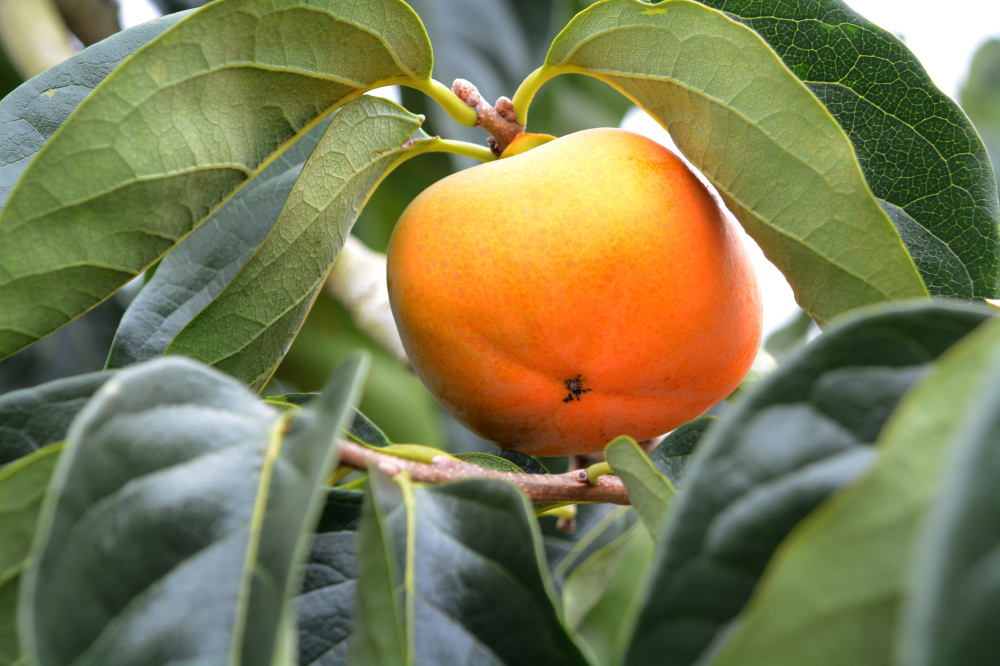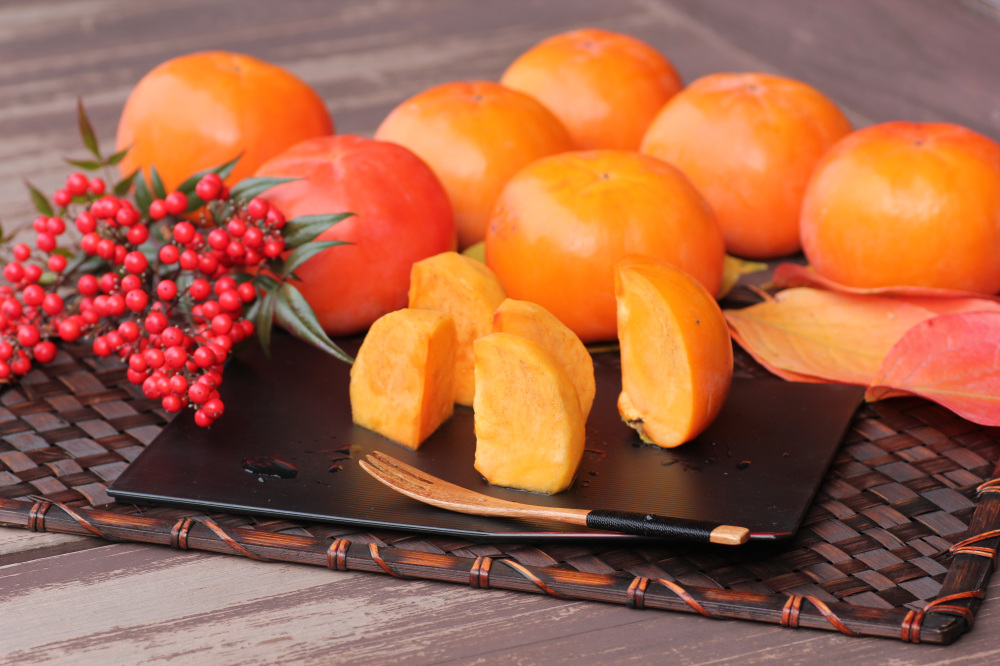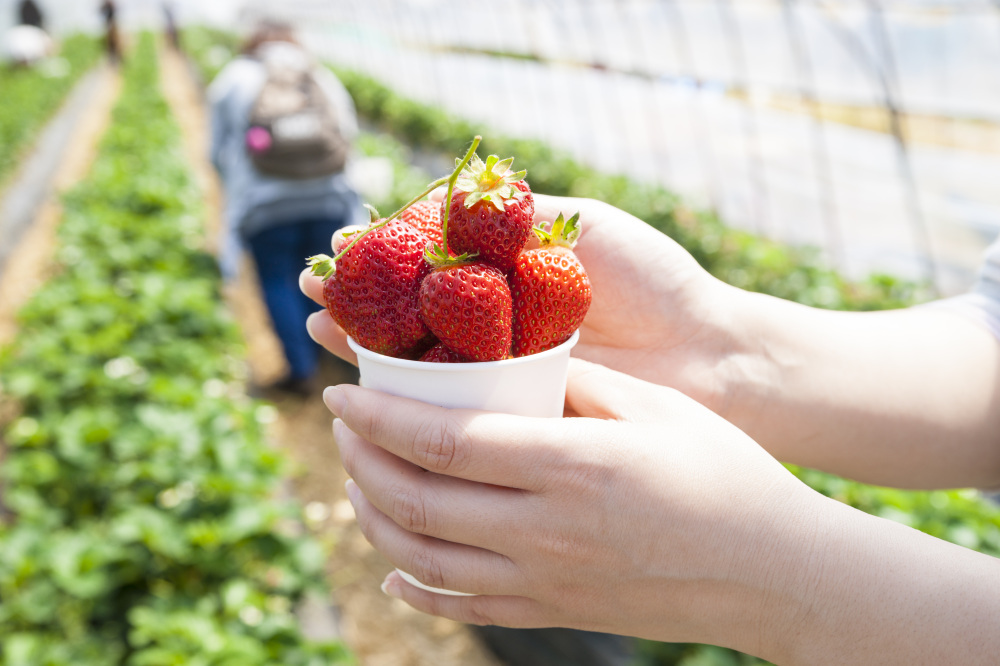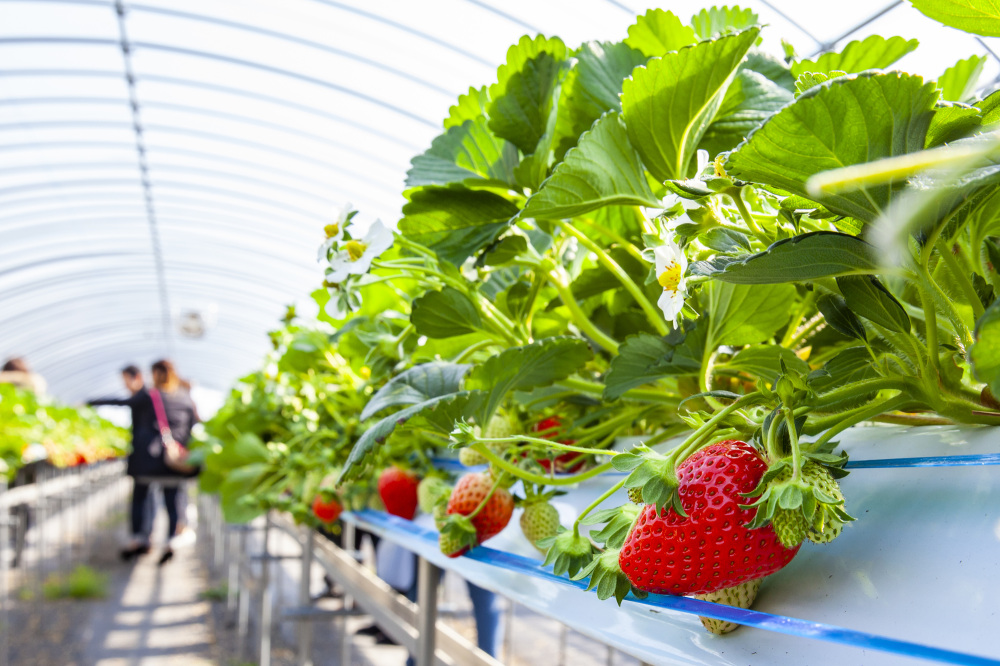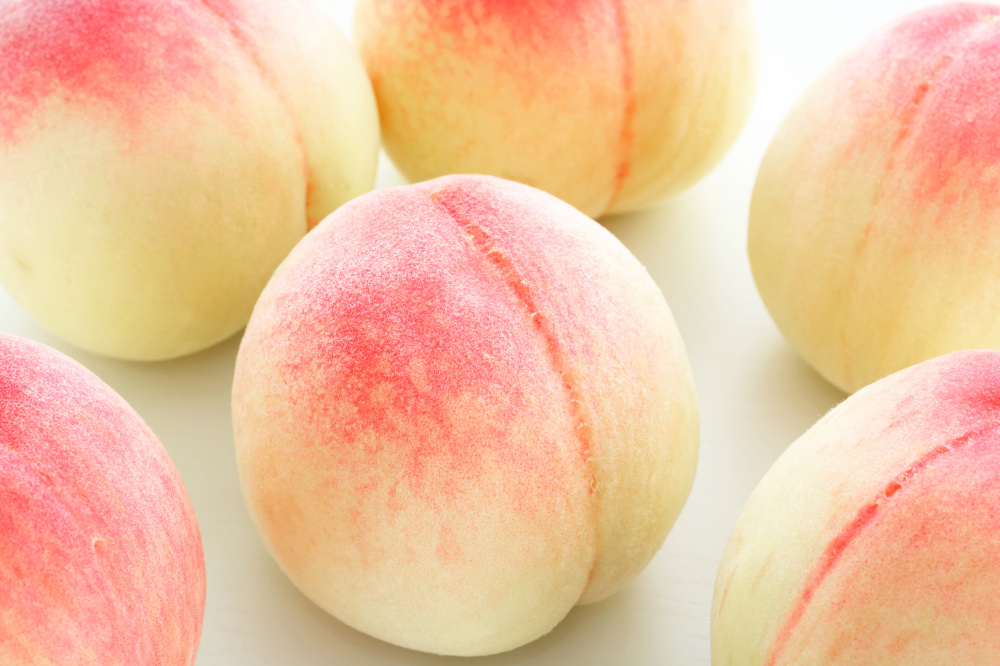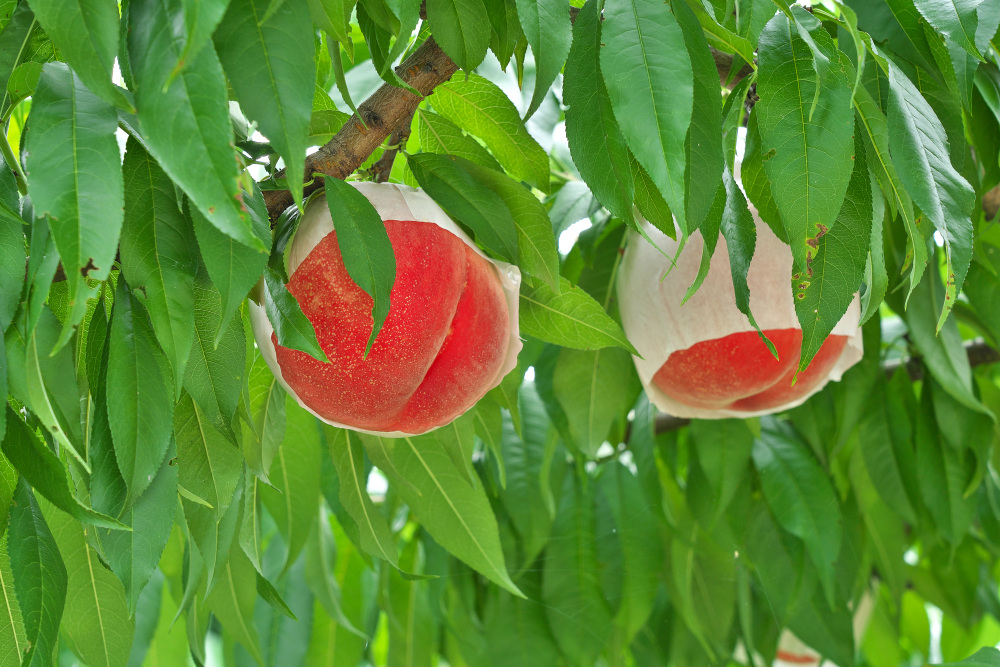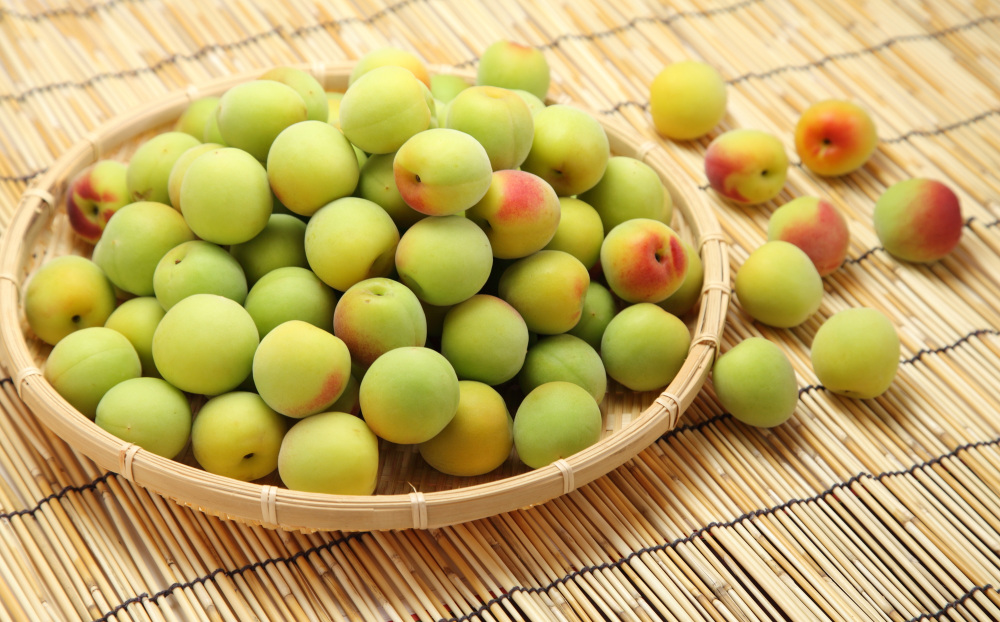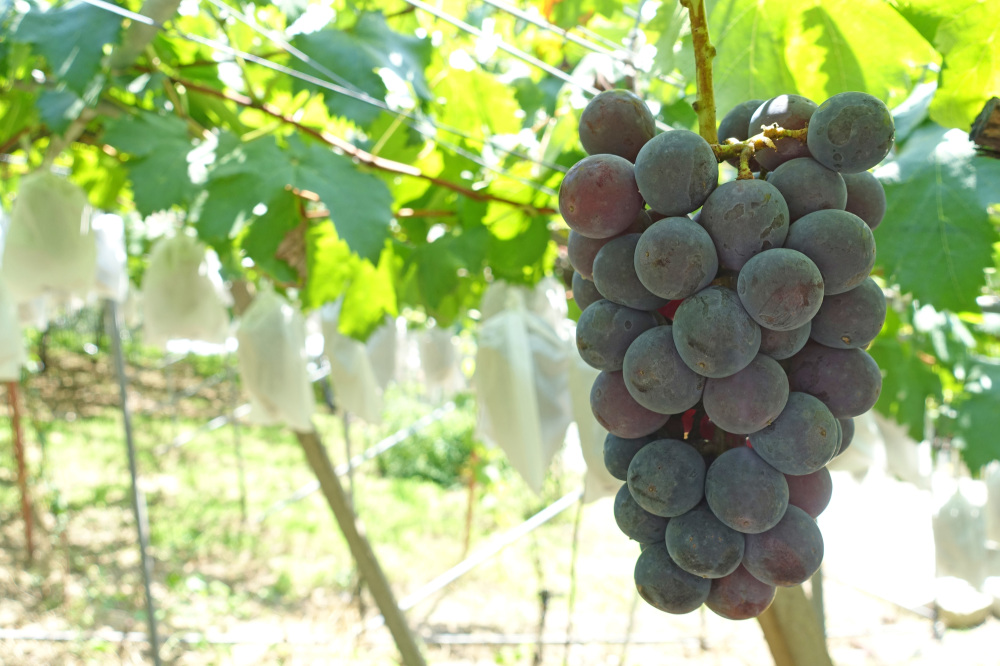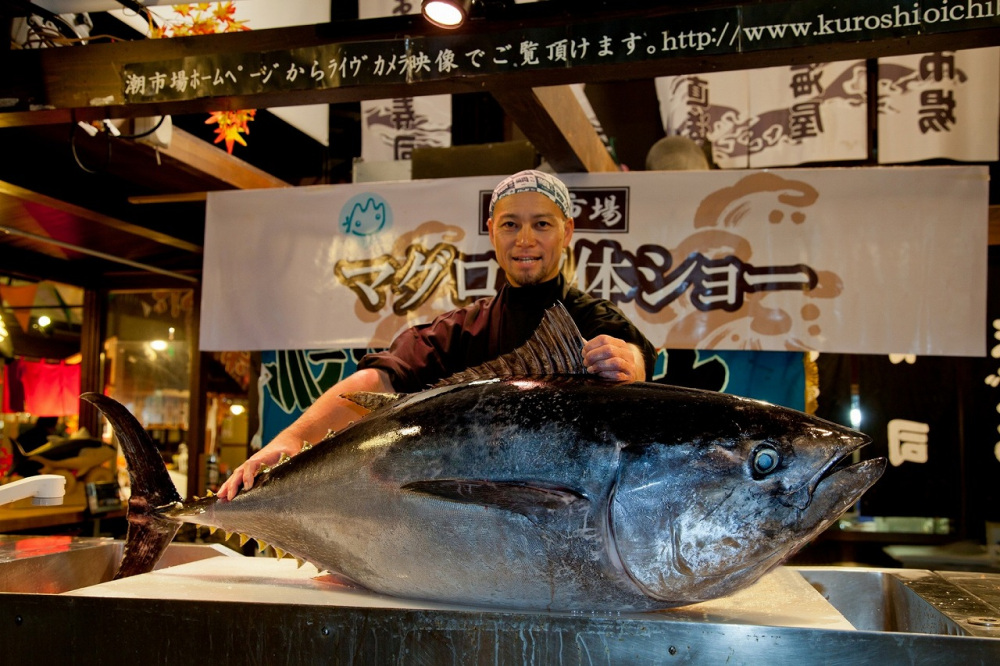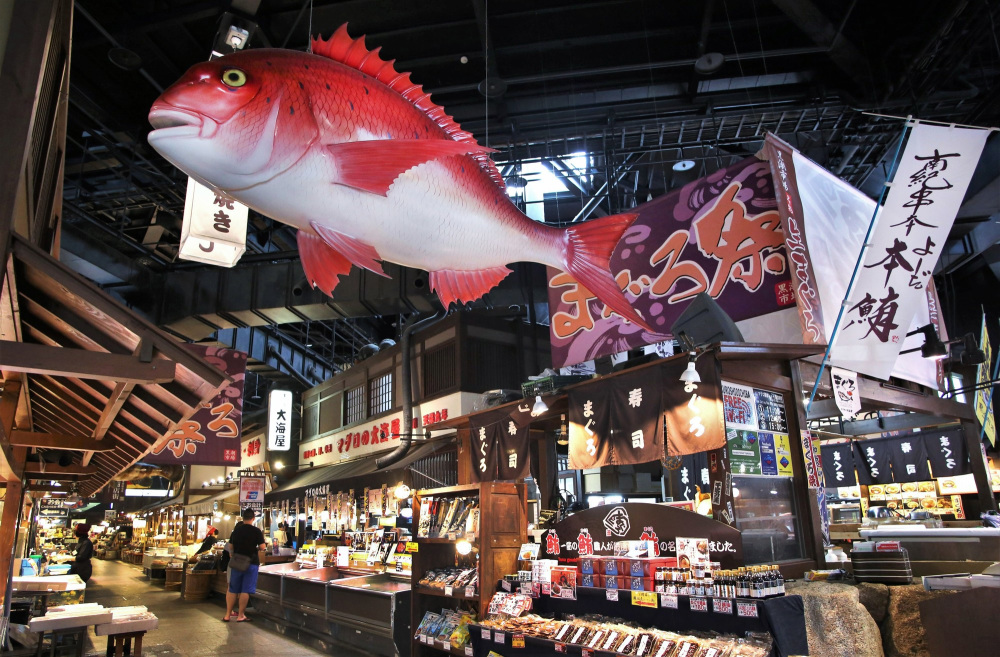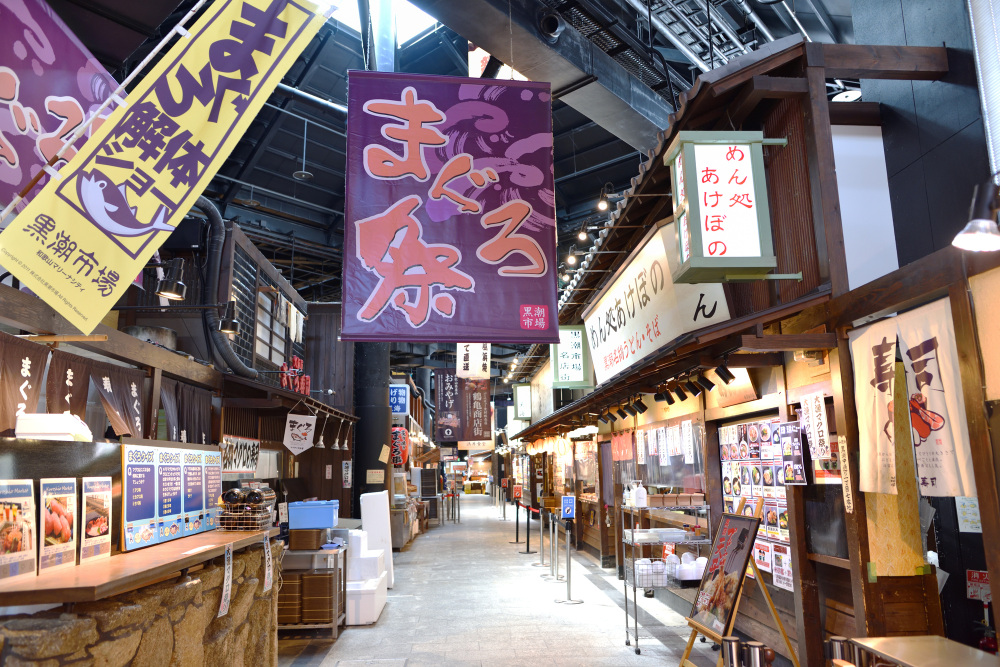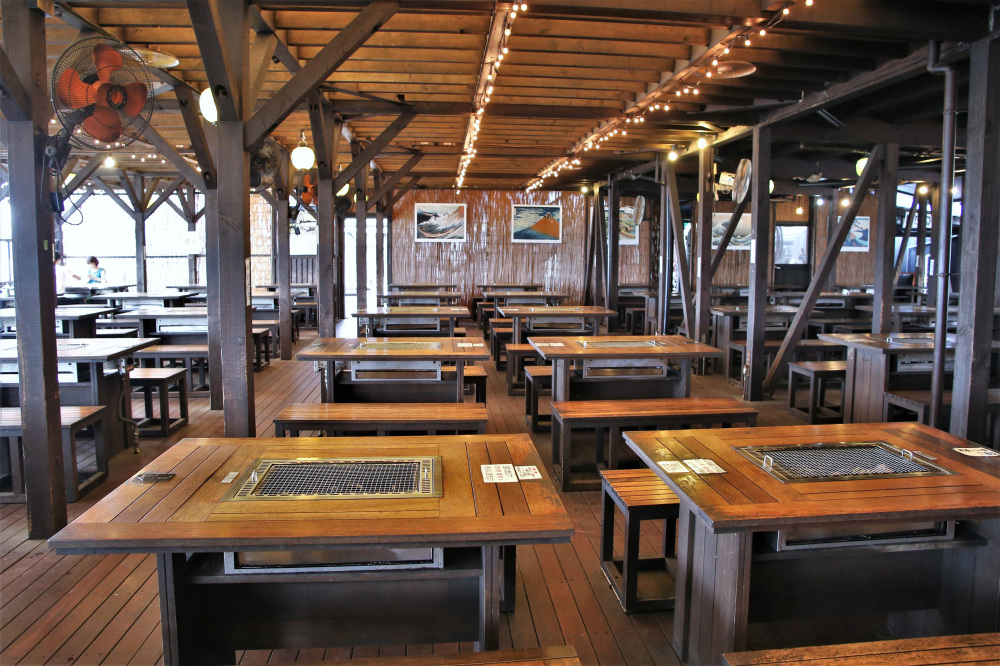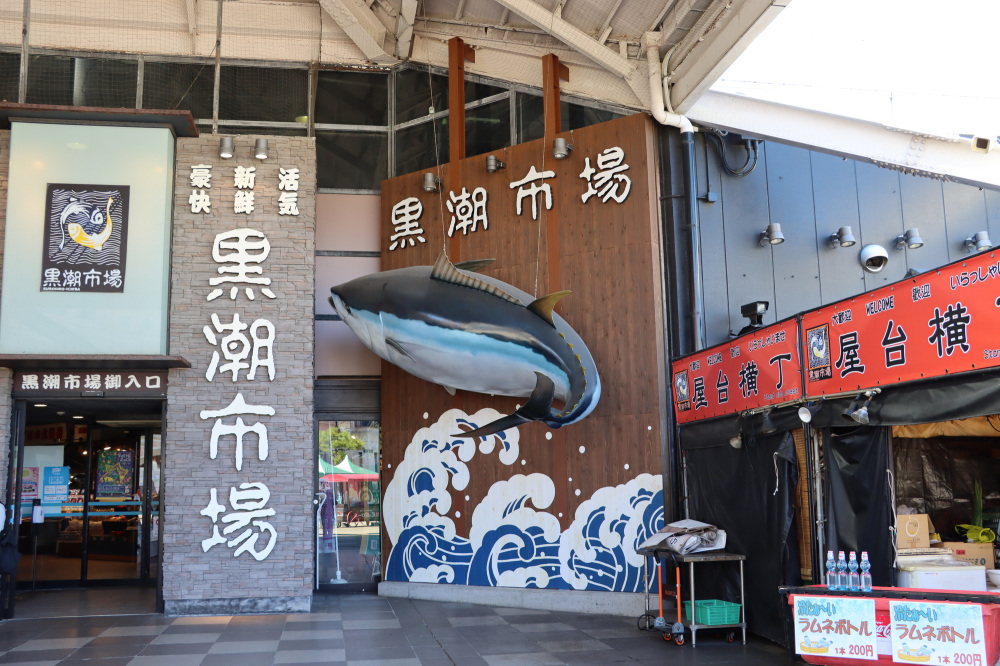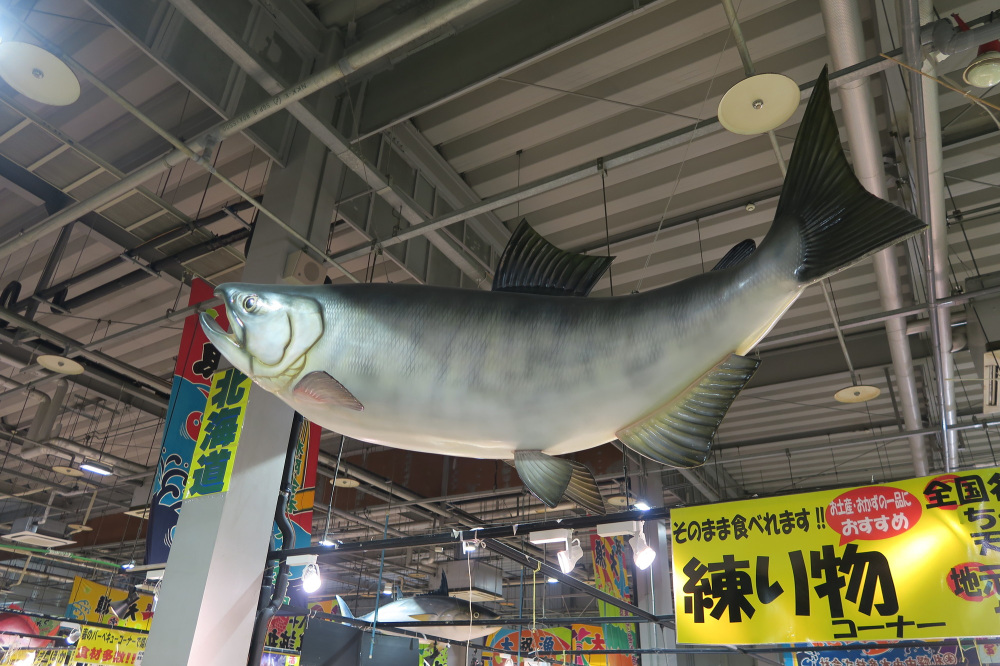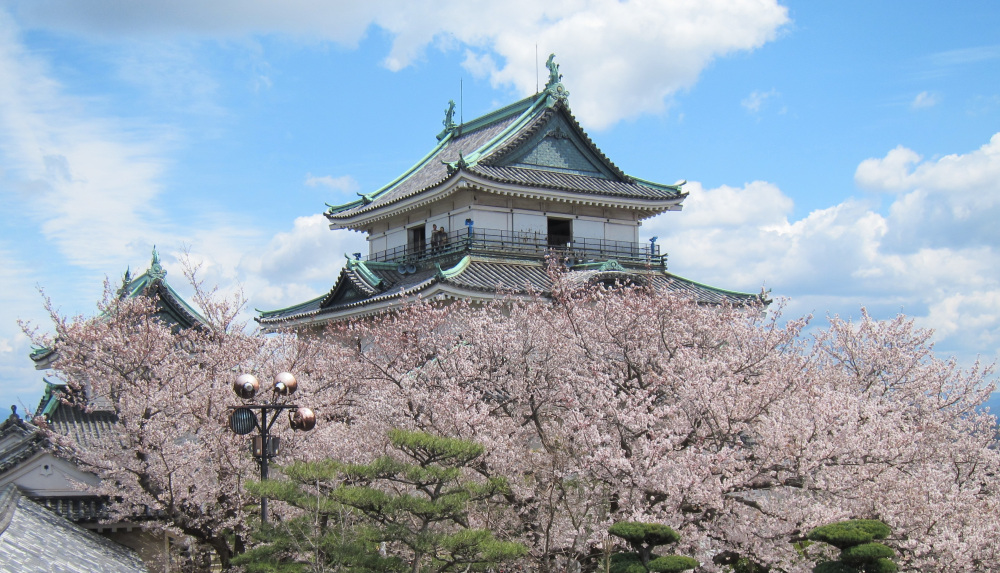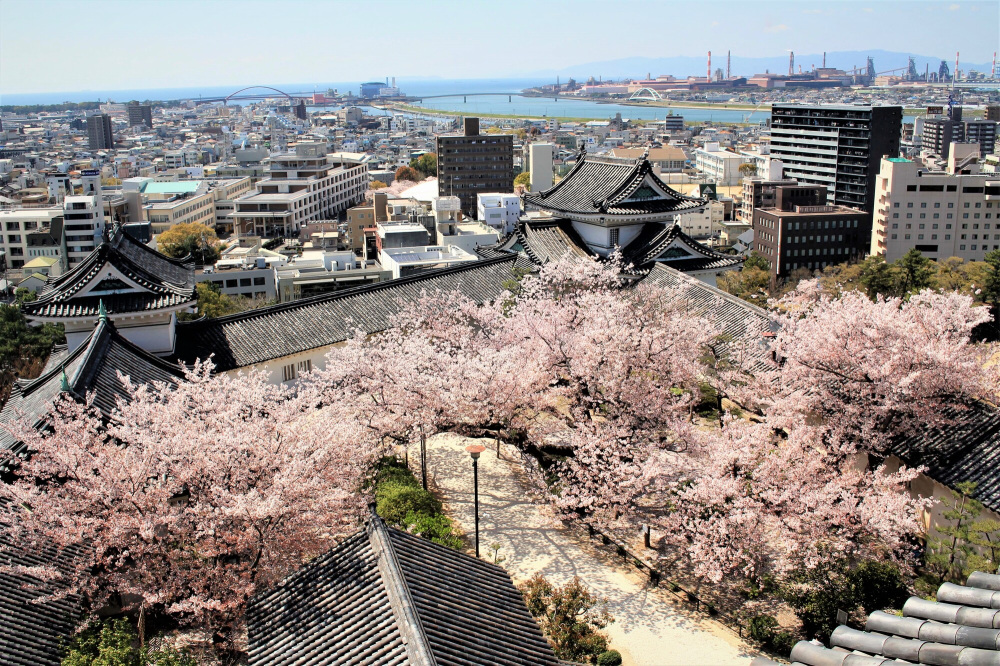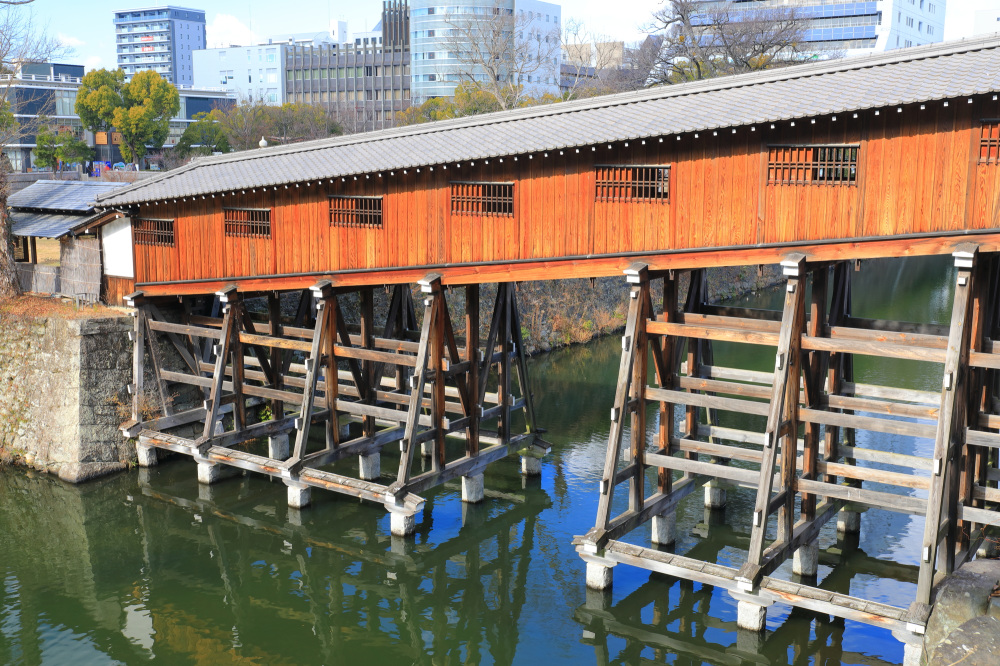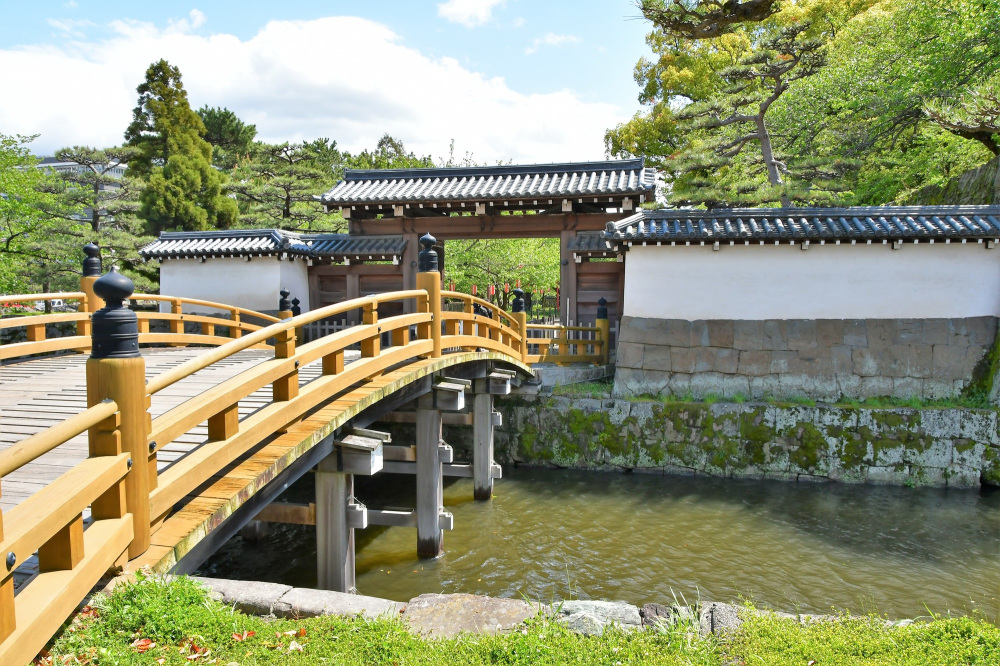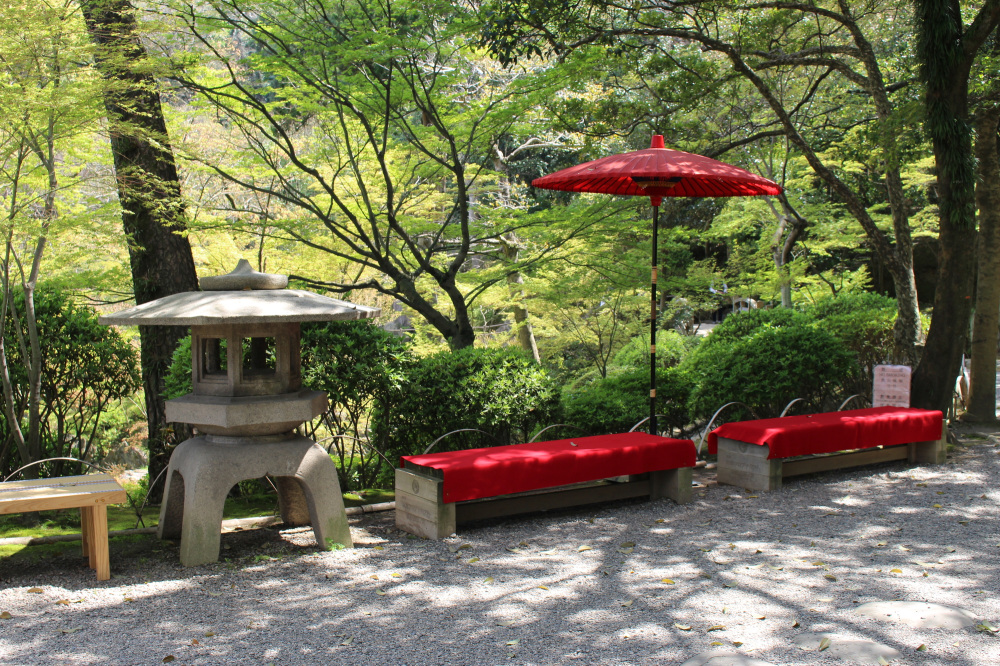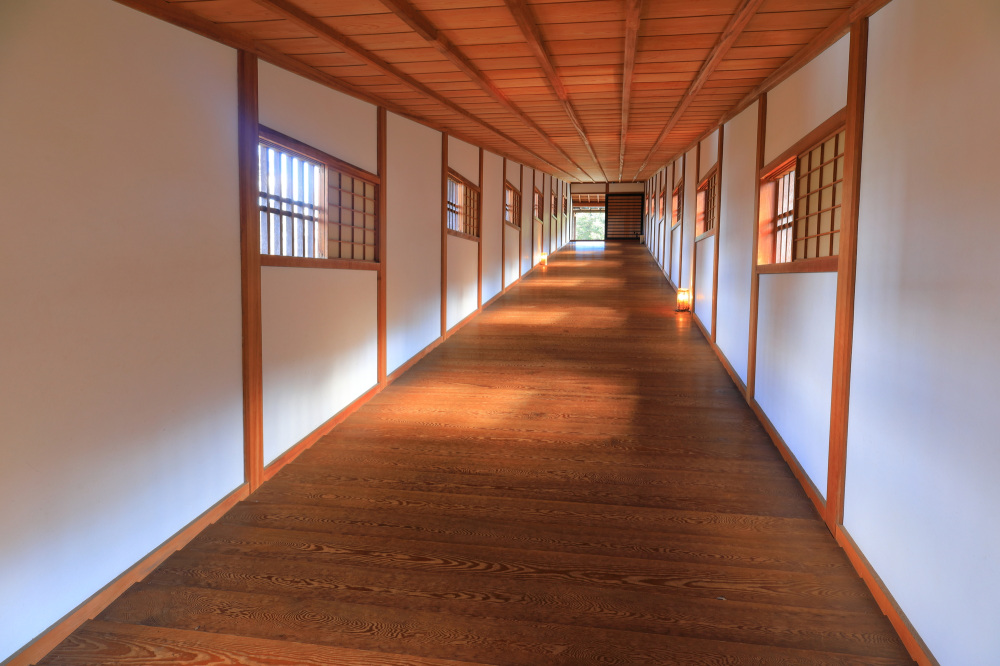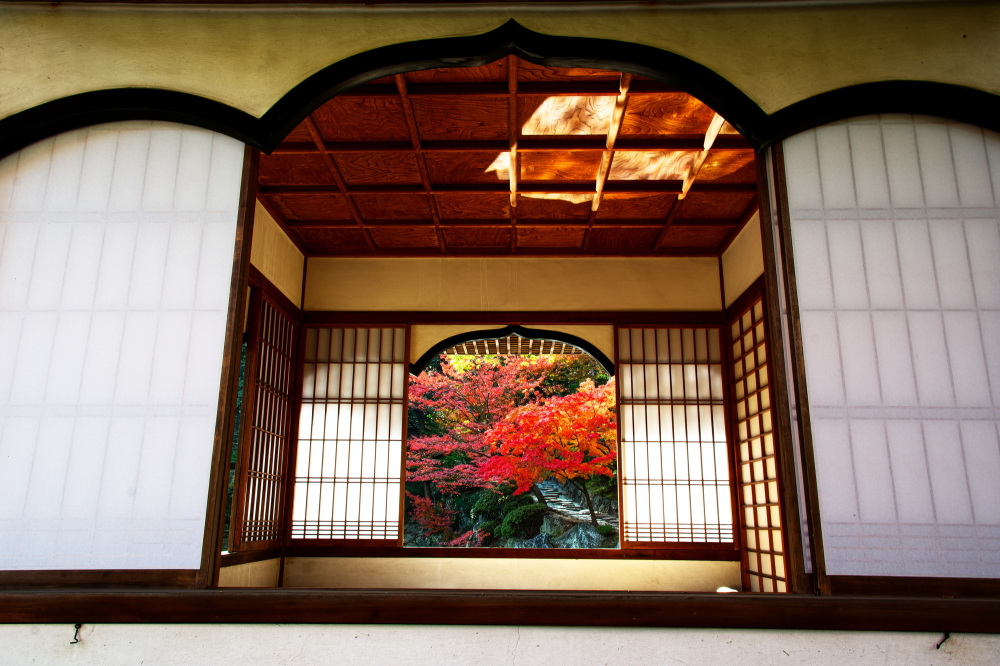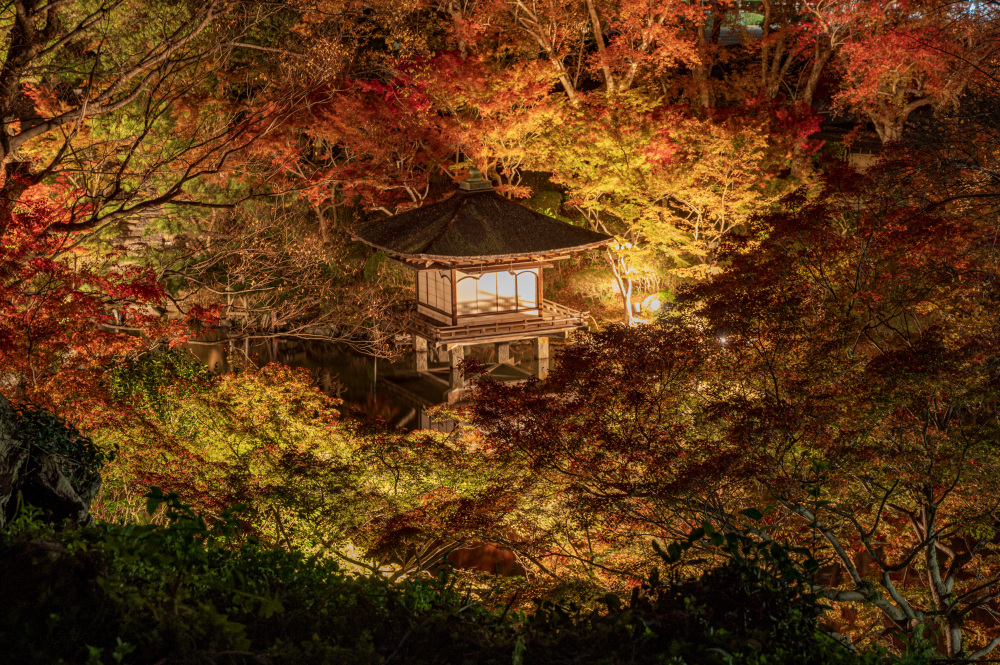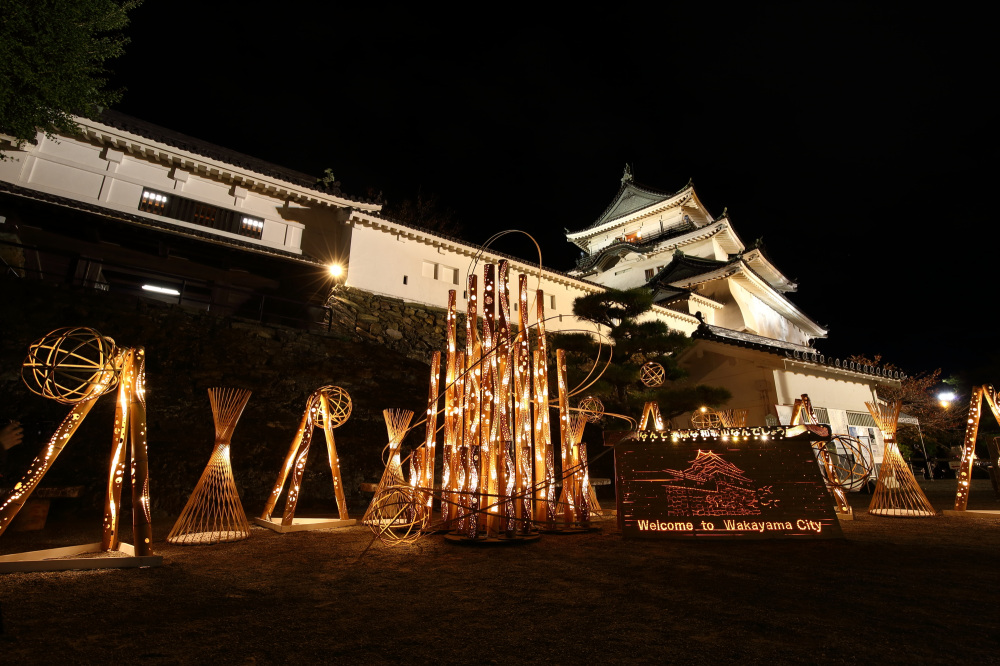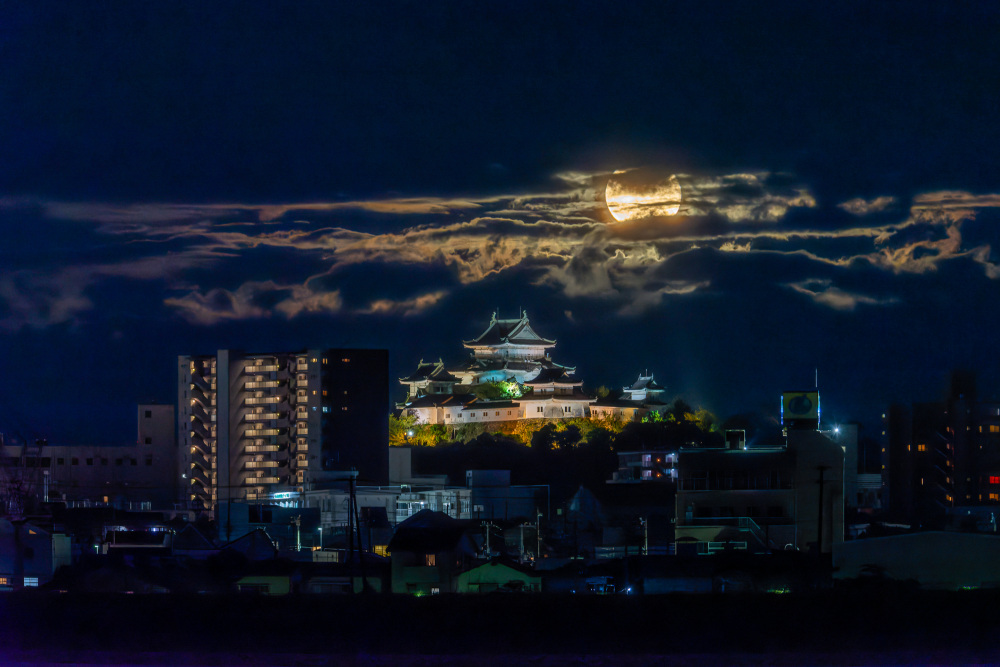Wakayama Sightseeing Guide for First-timers
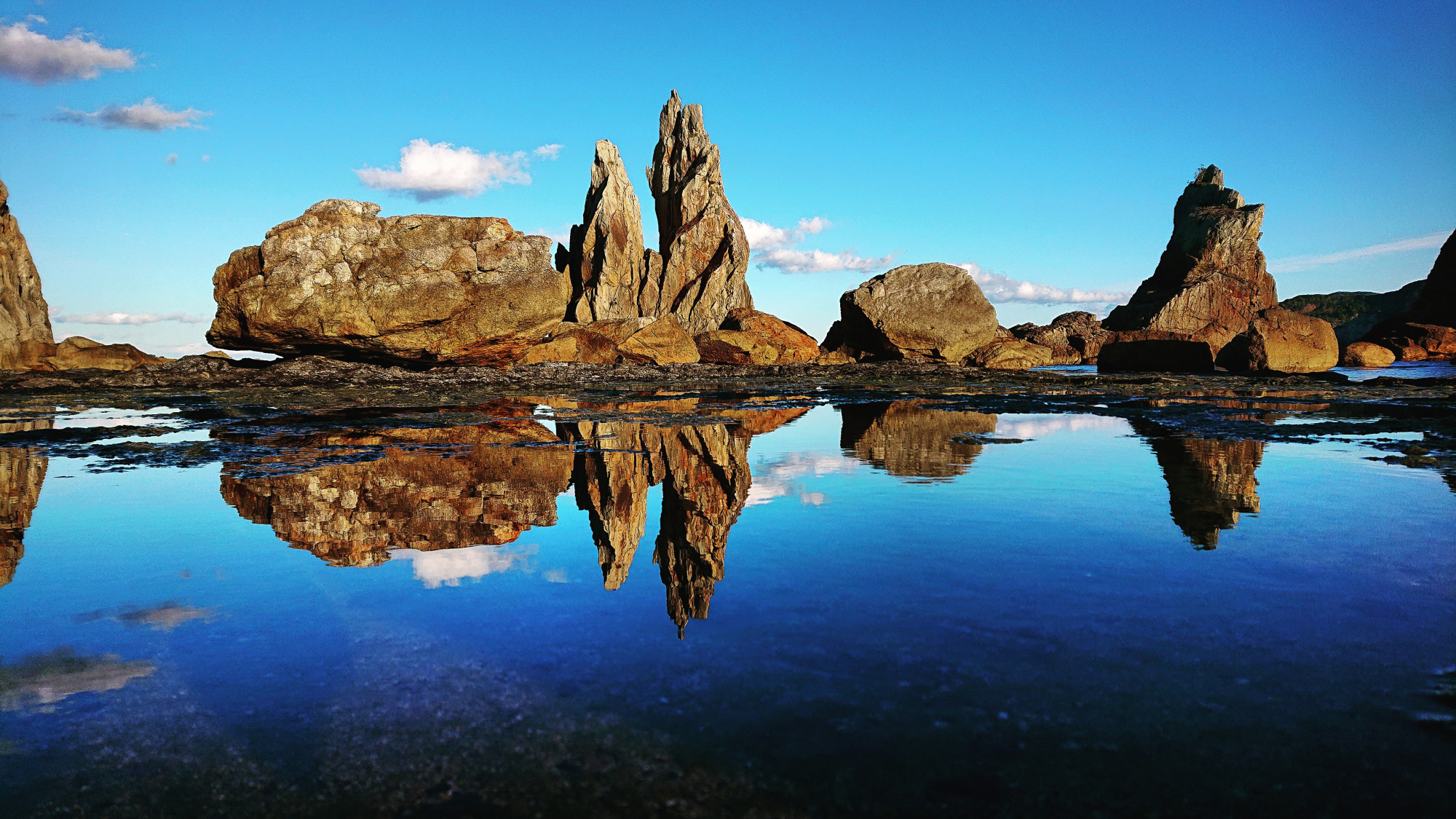
Wakayama Prefecture is located in the Kansai region with convenient access from Kansai International Airport, and borders Osaka Prefecture to the north and Nara and Mie Prefectures to the east. Blessed with abundant nature, the prefecture offers a wide variety of waterfront activities such as canoeing, rafting, and fishing. The area is also known for its numerous high-quality hot springs.
Koyasan, the sacred site of esoteric Shingon Buddhism, and trekking along the Kumano Kodo, which is a path tha heals as you walk along it, are also recommended ways to experience the precious culture unique to Wakayama Prefecture. The area is registered as a World Heritage Site as "Sacred Sites and Pilgrimage Routes in the Kii Mountain Range," and is attracting attention from both inside and outside of Japan.
The fishing industry is also thriving, with tuna from Nachikatsuura and bonito from Shirahama, and one of the pleasures of traveling here is to fully enjoy fresh gourmet foods in each season. The mild climate is ideal for the cultivation of fruits such as mandarin oranges and plums, and the area is also known as the "Fruit Kingdom".
1. Koyasan, the sacred site of Shingon Esoteric Buddhism
This is a sacred place of Shingon Esoteric Buddhism founded by Kobo Daishi Kukai over 1200 years ago. Surrounded by 900-meter-high mountains, the religious city is home to as many as 117 temples, including Kongobuji Temple. In particular, "Okunoin" and "Danjo Garan," which are regarded as the two most sacred sites, are places that still attract people's faith, so be sure to pay a visit. In the solemn atmosphere, take your time to look closely at the national treasures and cultural assets, and experience the spiritual world. Staying at a shukubo (temple lodging) and doing sutra copying or visiting legendary places related to Kukai, will be a memorable experience.
The area is also popular for its beautiful autumn foliage. The best time to view the leaves is from late October to early November, when the combination of the vividly colored red and yellow trees and historical buildings is spectacular.
2. Stay at a shukubo (temple lodging) where you can be at peace
If you are planning to stay overnight in Koyasan, do not hesitate to choose a shukubo. Originally intended as a resting place for monks and pilgrims, shukubo now also welcome visitors on vacation. The attraction is that you can have a special experience unique to temples, such as tasting vegetarian cuisine, or participating in sutra chanting or morning prayers.
Shojin ryori (vegetarian dishes) served at shukubo are prepared according to Buddhist precepts. It is characterized by a gentle flavor that skillfully draws out the unique qualities of the ingredients, with a focus on seasonal vegetables, wild plants, and beans. The dishes are carefully prepared with a balance of colors and flavors, and the thoughtful attention to every detail of the dishware is evident.
Why not spend a relaxing evening in the peaceful Koyasan?
3. Kumano Kodo Pilgimage Routes
In recent years, the Kumano area has been attracting attention as a power spot. Surrounded by lush green mountains, it has long been a "sacred place where the gods dwell" to heal people's hearts. In the Middle Ages, the belief in the Kumano Sanzan strengthened, and it is said that many people walked the long and steep path to the shrines to make pilgrimages. These pilgrimage routes are called Kumano Kodo, and some of them have been registered as World Heritage sites.
There are several routes along the Kumano Kodo, each with its own unique attractions. Let's think about the travelers of the past and enjoy nature in each of the four seasons as we walk along the path. There are walking courses for beginners, intermediate and advanced courses for trekking enthusiasts, and other routes that are easy to follow according to your schedule and physical strength.
4. Shirahama Onsen & Beach
The Shirahama area has been loved by many people since ancient times and is one of the representative resort areas in the Kansai region. The beautiful coastline, designated as "Yoshino Kumano National Park" and "Nanki-Kumano Geopark," stretches out for a distance, and scenic spots such as "Senjojiki" and "Sandanbeki" created by nature are well worth seeing. Shirarahama Beach, lined with palm trees, is a popular swimming beach that attracts many tourists in summer, and Adventure World, where you can see adorable giant pandas, is not to be missed.
Shirahama Onsen, one of the "Three Oldest Hot Springs in Japan," is a famous hot spring with a long history. You can fully enjoy Japanese hot spring culture at the hot springs, footbaths, and public bathhouses. There are various styles of accommodations, including luxury ryokan, hotels, and minshuku, so please choose the one that best suits your budget and purpose.
5. Katsuura Onsen with beautiful sea views
Katsuura Onsen boasts a view of the Pacific Ocean and the surrounding islands, and boasts an abundance of hot spring water from more than 100 sources. From open-air baths with dynamic views of the ocean to secluded hot springs deep in the mountains, you can enjoy hot springs while feeling close to nature.
It is also a base from which to visit the World Heritage Site Kumano Kodo and Nachi waterfall, which boasts the highest waterfall drop in Japan, and has been healing the minds and bodies of travelers since ancient times.
Nearby is the Katsuura Fishing Port, which boasts the largest catch of fresh tuna in Japan, and is lined with a variety of restaurants serving fresh tuna dishes.
6. Fresh Seafood Gourmet
Facing the sea, Wakayama Prefecture is dotted with fishing ports throughout the prefecture, offering fresh and delicious fish throughout the year.
The fresh tuna from Nachikatsuura, which boasts the largest catch in Japan, is delivered alive without being frozen, making it extremely fresh! It is characterized by its springy texture and rich flavor. Enjoy sushi, sashimi, rice bowls, seafood hot pot courses, and other dishes of your choice.
If you visit in winter, you cannot miss the Kue hot pot. The largest kue grows to more than 1 meter in length and is also called the "fantastic fish". Its fatty white flesh is elegant and deep, and its gelatinous skin and fish giblets have a unique texture. Sashimi, aburi, and fillet sake are also must-try dishes!
In addition, enjoy the luxury of seafood such as swordfish, lobster, whitebait, bonito, and sea bream with a varied menu.
7. Sweet and delicious fruit picking
Wakayama Prefecture is a major producer of fruits such as mandarin oranges, persimmons, strawberries, peaches, plums, and grapes. About 70% of the prefecture's agriculture is devoted to the production of fruits, which is why it is also known as the "Fruit Kingdom". The taste of the fresh fruits you pick with your own hands is exceptional. The period during which you can experience fruit picking may vary depending on the weather, so please check with the farm before you go.
The sweet and juicy fruits can be found in cute parfaits at restaurants and cafes, or processed into sweets as souvenirs. They are sold at direct sales shops and roadside stations, so check them out!
8. Tuna Cutting Show
Tuna cutting shows are held at the "Kuroshio Ichiba" in Marina City, a resort facility in Wakayama City, and at the huge seafood market "Toretore Ichiba" in Shirahama Town. The shows are held daily and anyone can watch for free. It is truly a sight to behold how a large tuna is quickly dissected by a craftsman's brilliant knife work. While cutting the tuna block by block, the chef explains the characteristics of each part and recommends cooking methods.
After the show, tuna cut into large, medium, and lean cuts are sold at a bargain price. Of course, you can also enjoy the tuna in the market as sushi, rice bowls, etc.
9. Wakayama Castle, famous for its cherry blossoms
This historical castle was the base of the Kishu Tokugawa family. It is well known to citizens as a symbol of Wakayama City, and from the castle tower you can enjoy a panoramic view of the city. At night, the castle is illuminated until around 23:00 every day, creating a fantastic atmosphere that differs from that of the daytime.
In spring, it is famous for its cherry blossoms. The combination of the chalk castle tower and pale pink cherry blossoms is worth seeing. The best time to visit is from mid-March to early April. A cherry blossom festival is held during the season, with lanterns and paper lanterns lit from sunset to 10 pm.
As the seasons change, plum blossoms, azaleas, hydrangeas, and autumn leaves can be enjoyed, and there is also a tea ceremony room on the grounds. Visitors can enjoy a leisurely stroll through the park, which is rich in nature, while experiencing the history of the castle. If your timing is right, you may even meet some "Omotenashi Ninjas" who are on hand to assist tourists!
10. Spectacular spots to capture your social media pictures
Wakayama Prefecture is blessed with a great deal of nature, and there are many beautiful sceneries woven together by mountains, the sea, and valleys. Why don't you go out to the perfect photo spots? Just looking at them will surely cleanse your mind and make you feel refreshed.
- Oishi-kogen Highland
- From the top of the 870-meter-high mountain, a 360-degree panoramic view can be seen as far as Rokko, Awaji, and Shikoku. The area is known for its seasonal flowers and grasses, and for the golden prairie of silver grass that spreads out in autumn. It is also a popular recreational spot for hiking and camping.
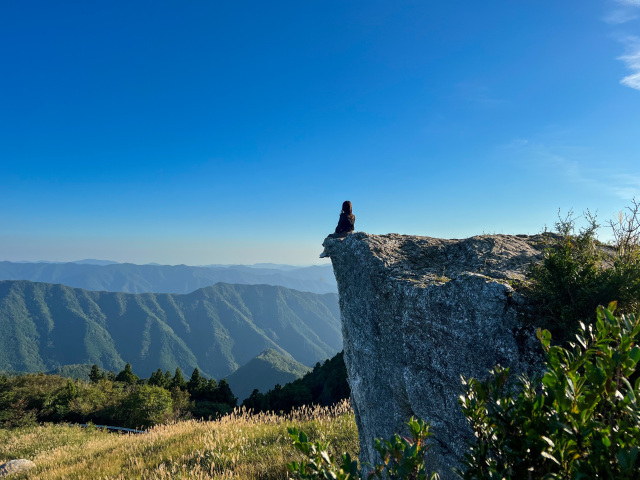
- View more
- Hashigui-iwa Rock
- Oddly shaped rock pillars of various sizes, which look like bridge pilings, rise in a line for about 850 meters. These rock pillars are natural formations created by the erosion of the sea. The breathtaking beauty of the fantastic scenery illuminated by the morning sun is mesmerizing to behold.
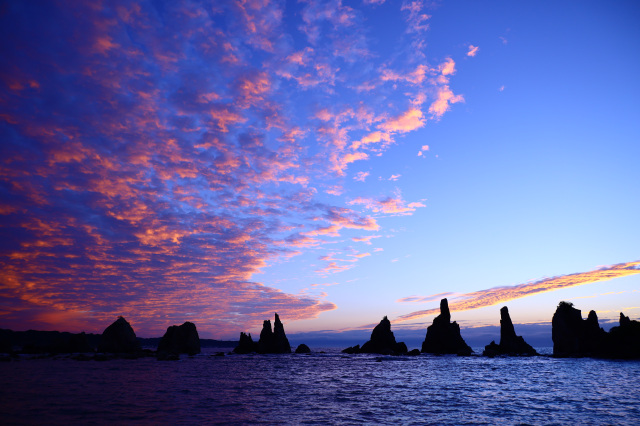
- View more
- Doro-kyo Gorge
- Located in Yoshino-Kumano National Park, it is also called "Doro-Haccho". The gorge, lined with powerful giant rocks and oddly shaped rocks, is truly a spectacular sight! We recommend the 40-minute Japanese boat tour down the Grand Canyon, where you can enjoy the view of the cobalt blue river and beautiful mountains.
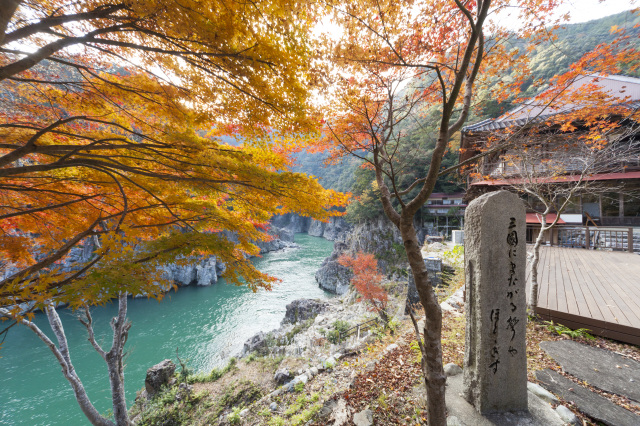
- View more
Useful information for planning your trip
Q1. When is the best time of year to visit Wakayama and what are the temperatures?
A1. We recommend the cherry blossom season (late March to early April) and the autumn foliage season (late November to early December) because the weather is favorable. Be sure to capture the beautiful scenery of the mountains in vivid colors with your camera. However, please note that holiday travel in Japan tends to be crowded, and accommodation rates tend to be high especially on Saturday nights, so please be careful when planning your trip.
Q2. Do you have any recommendations for a tour around Wakayama?
A2. Please see our Model Courses page. We introduce ideal routes and means of transportation for touring popular spots.
Q3. Do you have any information on special travel passes?
A3. There are several special travel passes available, including unlimited rides at a discount for certain sections of the route.
Q4. What should I do in case of an emergency?
A4. Please refer to the following for each situation.
・Medical Emergencies / There are several hospitals and medical centers with foreign language speaking staff. Have your travel insurance and health insurance documents at hand as well as any medications you are taking.
・Crimes, accidents, and other emergencies: Call 110.
・Lost or stolen valuables: Contact your hotel concierge, local police station (police box), credit card company, etc.
・If you are lost, ask at a local police station (police box) for directions.
・In the event of a vehicular accident, call the Road Emergency Hotline at #9910. To file an insurance claim, you will need an official accident certificate issued by the police.
・We recommend that you register your travel plans with the government before you leave for your trip, or register your travel plans with the embassy of your country upon your arrival in Japan. This will help you if you lose your identification card and will be your contact point in the event of a natural disaster such as a major earthquake.
・The Japan Tourism Agency offers an iOS and Android app called "Safety Tips" that provides real-time earthquake and tsunami notifications and emergency alerts.
Q5. Is Wakayama easy to get around?
A5. For visitors from overseas, there is a Travel Pass that allows unlimited train and bus rides; children under 11 years old can travel at half the adult fare, and infants travel free.
Renting a car provides access to scenic spots along the coastline, quaint mountain villages, hot spring resorts, and the sacred Kii Mountains. The roads are relatively wide and traffic is light, so you can drive comfortably.
Q6. Is Wakayama an easy place to travel with children?
A6. Wakayama has many relaxing natural playgrounds. It is a great destination for families as it is packed with a variety of activities.
Accommodations: From camp sites to reasonably priced hotels and inns that offer discounts for children, there are plenty of choices.
Restaurants: There are many restaurants that offer kids' menus. Check in advance whether or not they offer such menus.
There is a wide range of activities, from cultural experiences to outdoor activities. For example, in Kainan City, parents and children can learn how to make lacquer ware, try on a samurai costume at Wakayama Castle, or walk the Kumano Kodo. Collecting stamps at temples, shrines, tourist attractions, and train stations is another fun way to enjoy sightseeing with your children.
Public transportation: As a general rule, children (6-11 years old) receive a discount, while infants and toddlers travel free. Children pay half the adult fare for train, train, and bus fares. Infants require a ticket only if (a) they occupy a reserved seat or a seat in a green car, or (b) the accompanying adult is traveling with three or more infants.
Car rental: You may request a child safety seat at the time of reservation.
Highways: Rest stops are located approximately every 50 km, and are equipped with restrooms, restaurants, stores, and playgrounds.
Bicycles: Look for rental stores and tourist information centers near major train stations and make sure that safety seats and helmets are provided.
Q7. Do activities require reservations?
A7. Many activities require reservations, so we recommend that you contact the Tourist Information Center in advance to confirm.
For example, reservations are required for the following activities.
・Tourist farms (pick-up/drop-off service at the station may be available)
・Outdoor activities such as whale watching, kayaking, and camping
・Some long-distance buses and express trains
・Some cabs
・Sightseeing cabs to Shirahama, Kumano Kodo, etc. (reservations usually need to be made 24 hours in advance).
・Hotels, ryokans, and lodgings (especially on Saturday nights and during the Japanese holiday season, you should plan and book early, as popular facilities fill up long in advance. Many facilities can be reserved online.)
Column
About the Police
Japan is considered a relatively safe country. While most tourists enjoy a smooth trip, theft and other incidents do occur from time to time. If you are involved in a theft or other incident or accident during your trip, or if you lose your wallet or other items, be sure to contact the police. Police stations, or police boxes, or small branch offices, are scattered throughout the country. Police officers wear uniforms and patrol in black and white police cars. In the event of an emergency, the telephone number to call the police is 110 (119 for ambulance and fire calls). Operators are available 24 hours a day and speak English and other languages. Some international cell phones may not be able to make emergency calls in Japan. In such cases, borrow a phone from a passerby or ask someone to call you. Once you have made the call, calmly explain the following:
1. What is the problem
2. Where you are
3. The time the incident occurred
4. Who was involved
5. What the current situation is
6. Name, address, telephone number and any other relevant information
